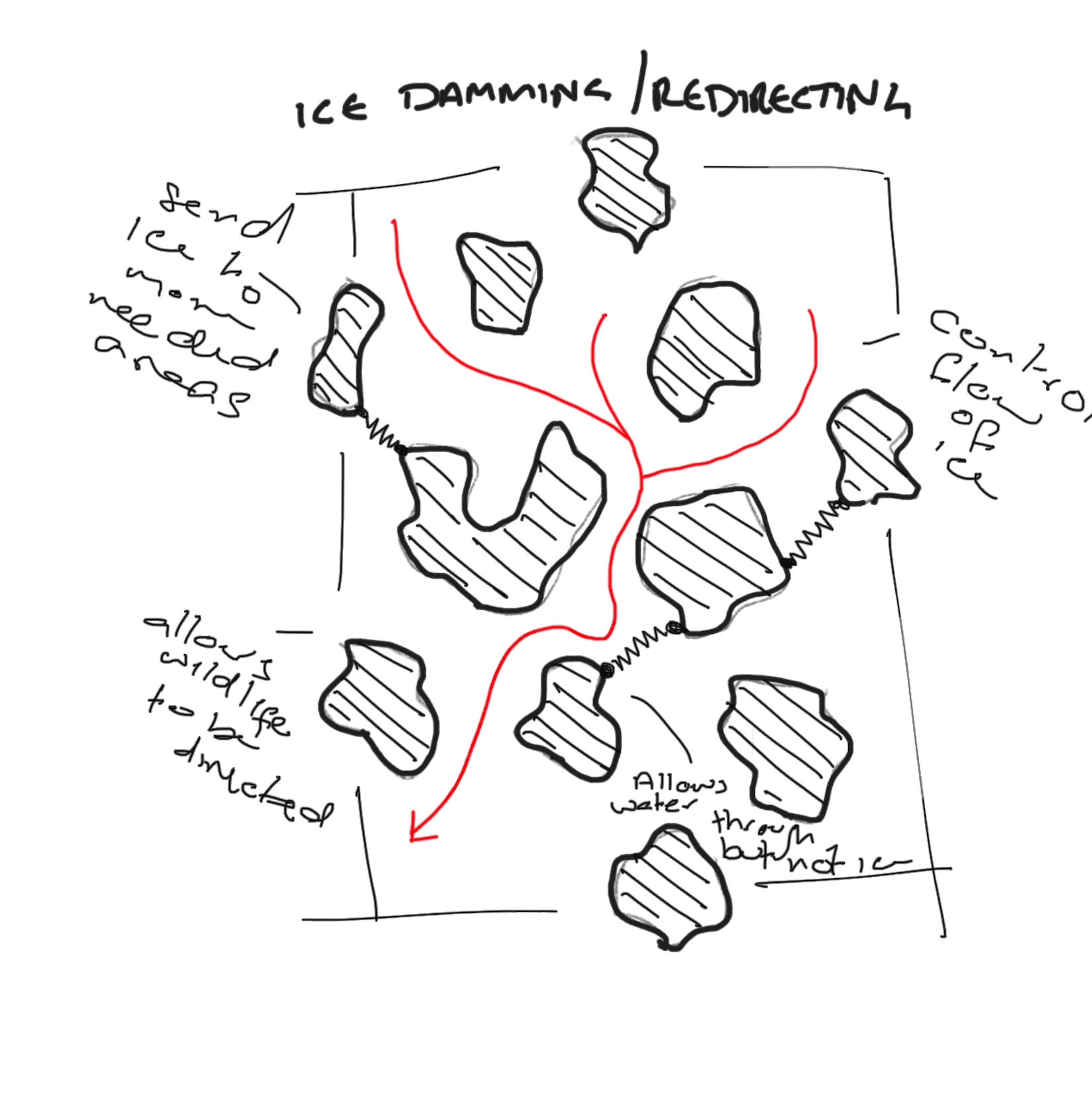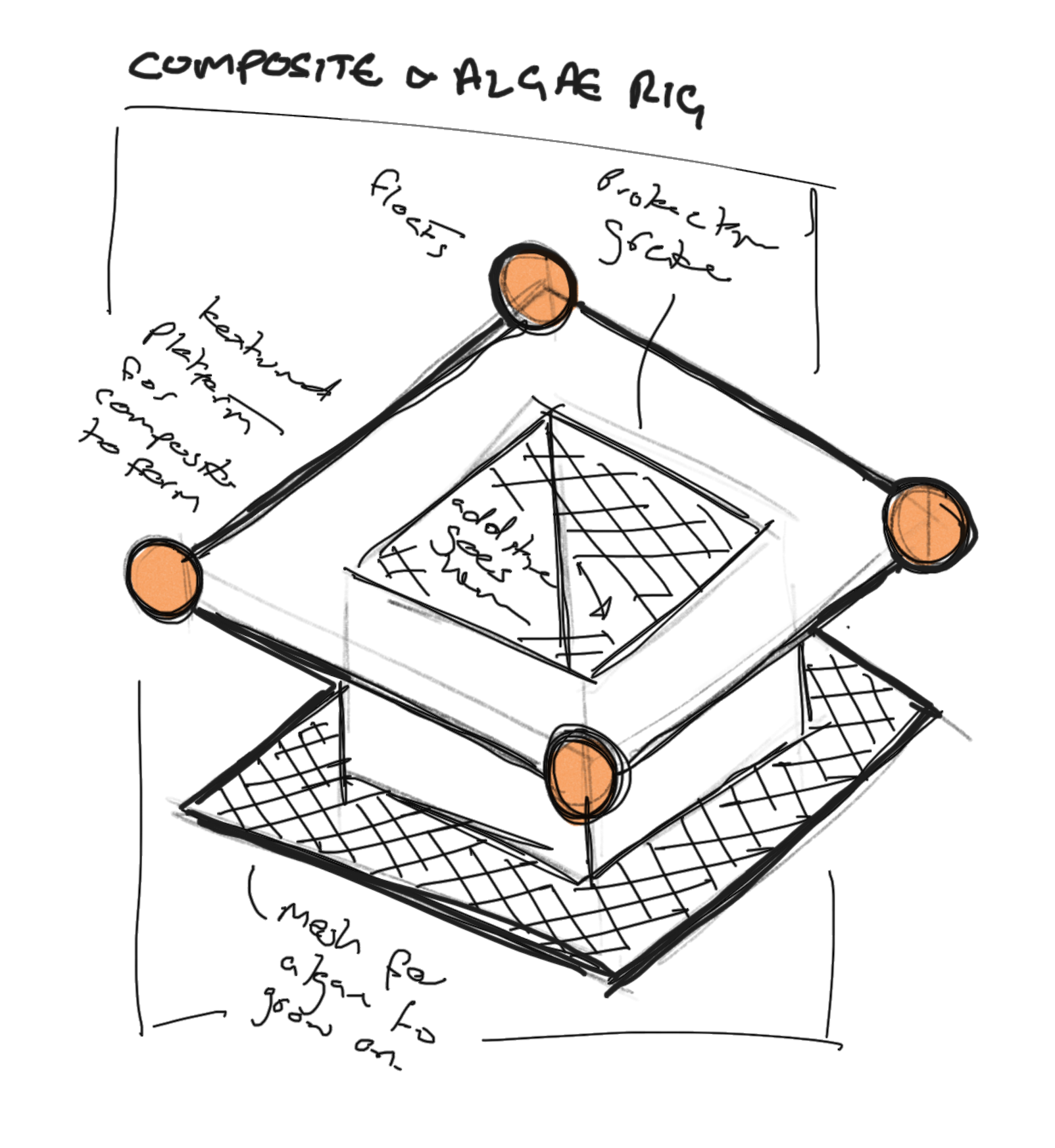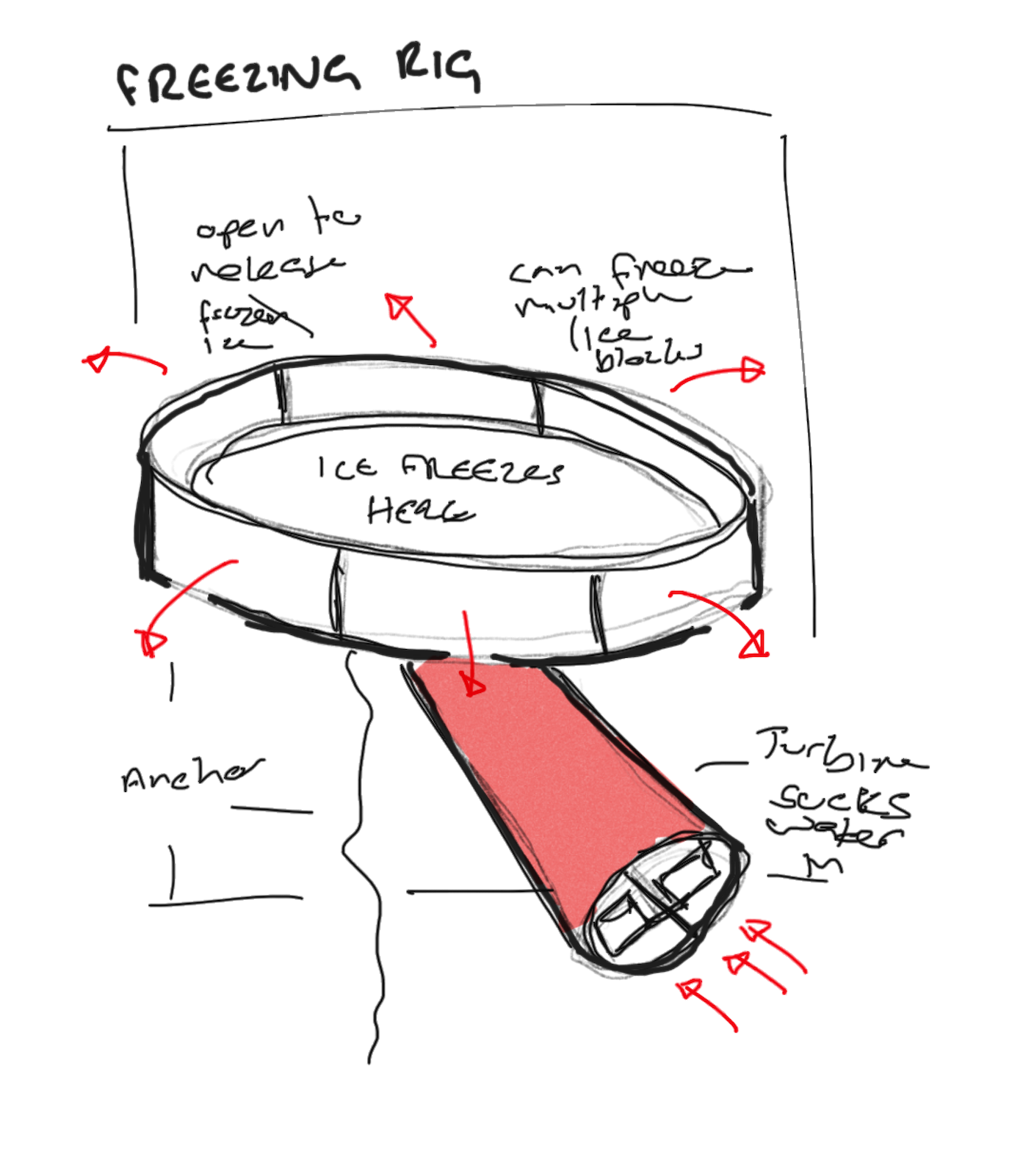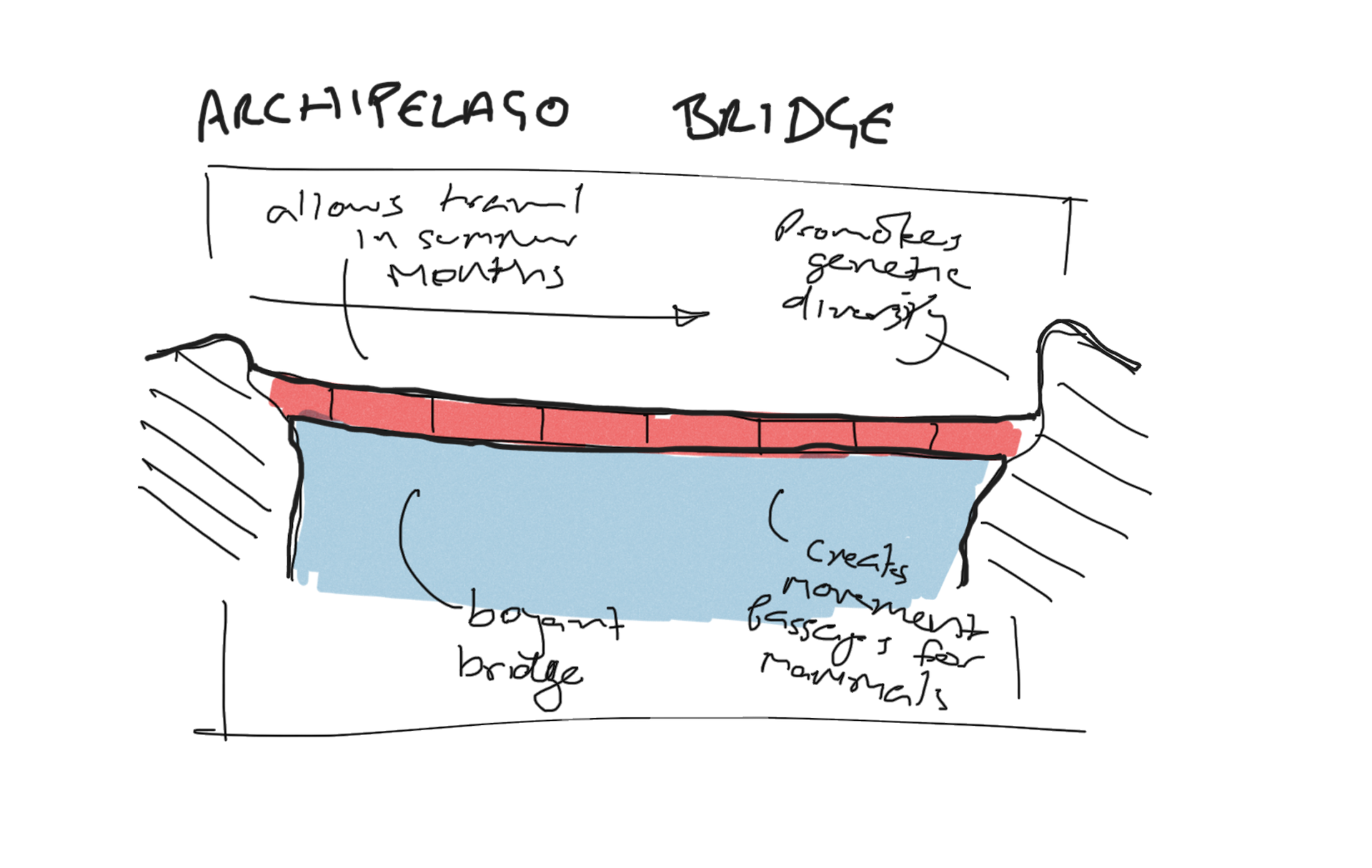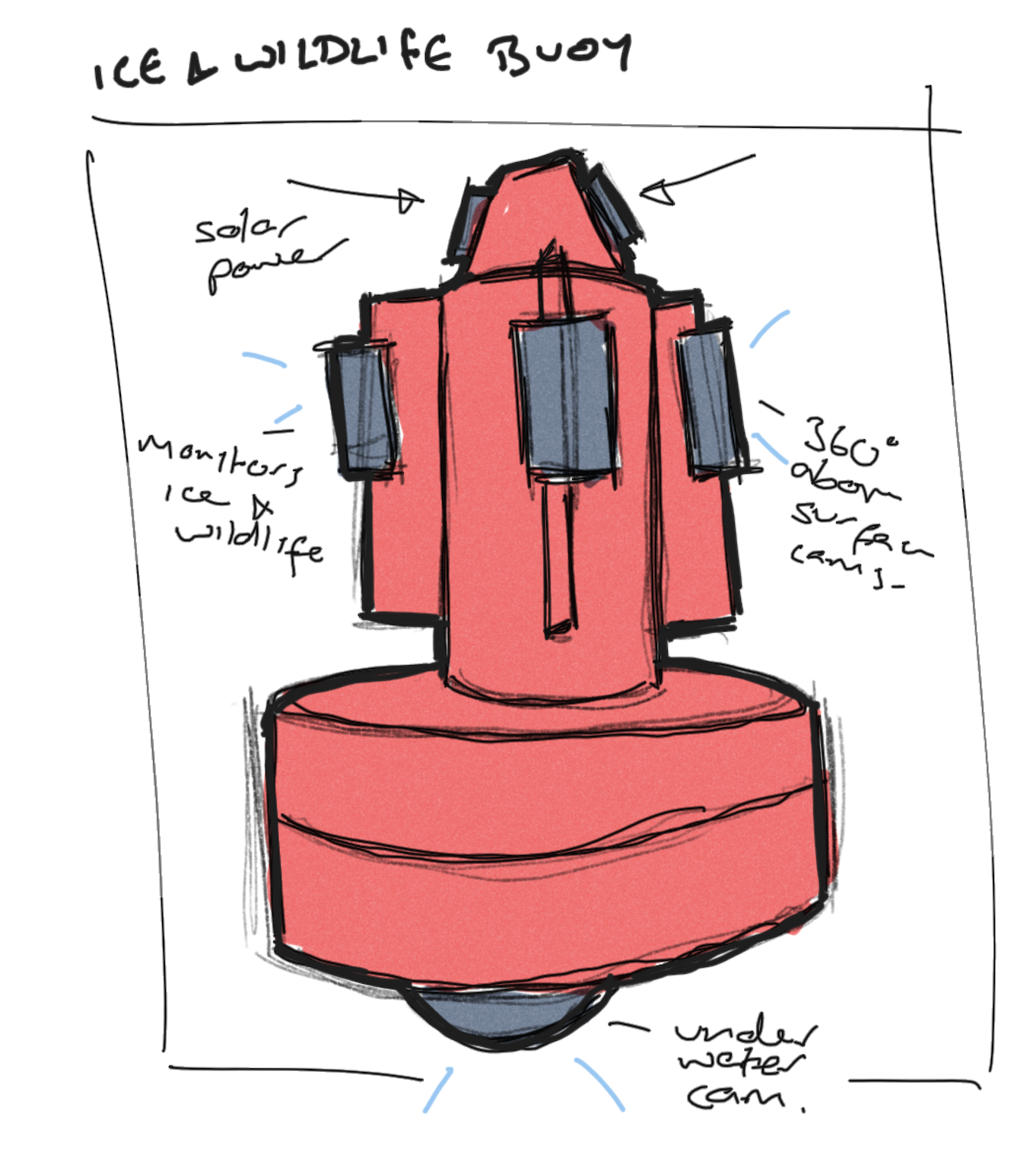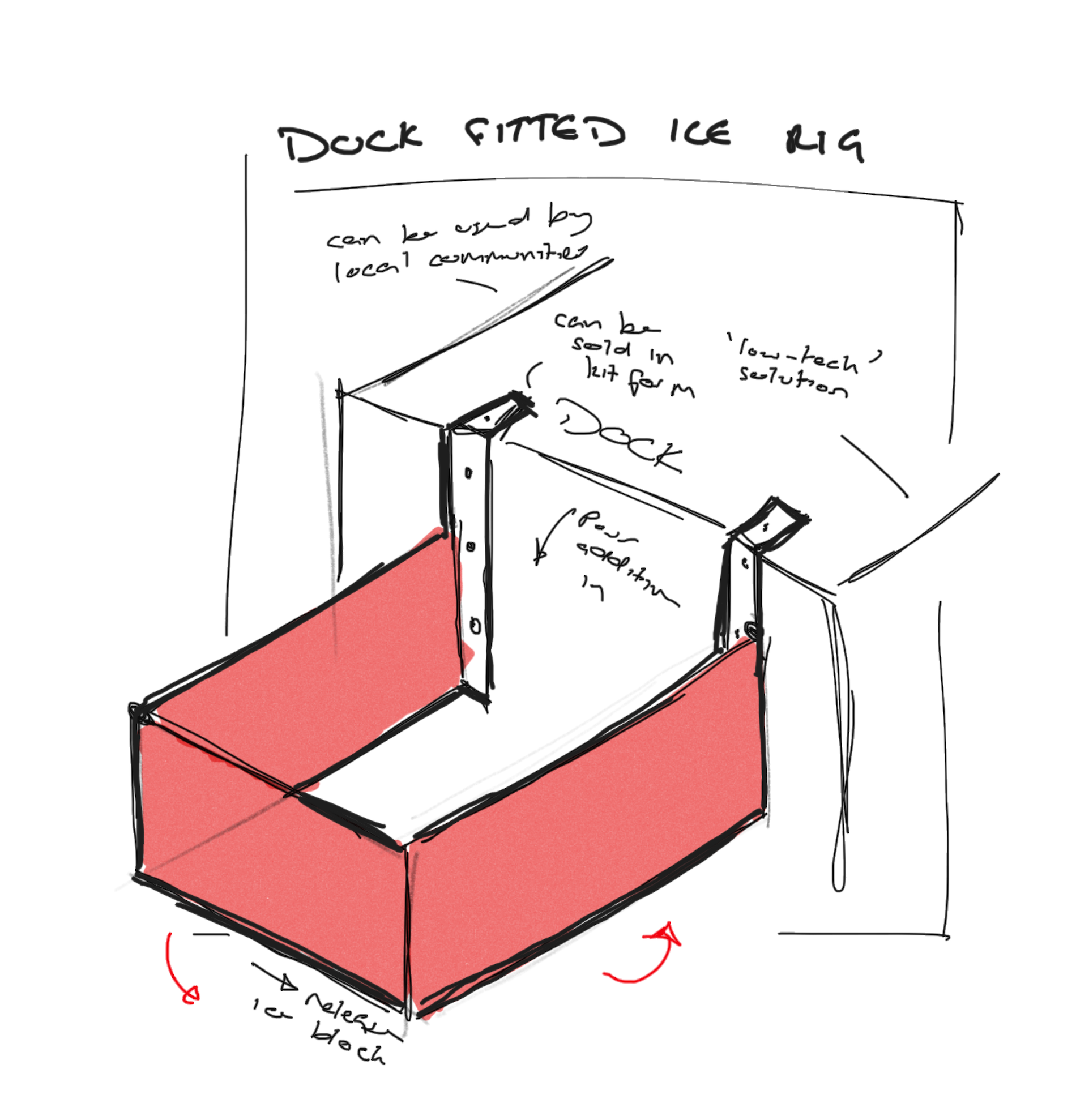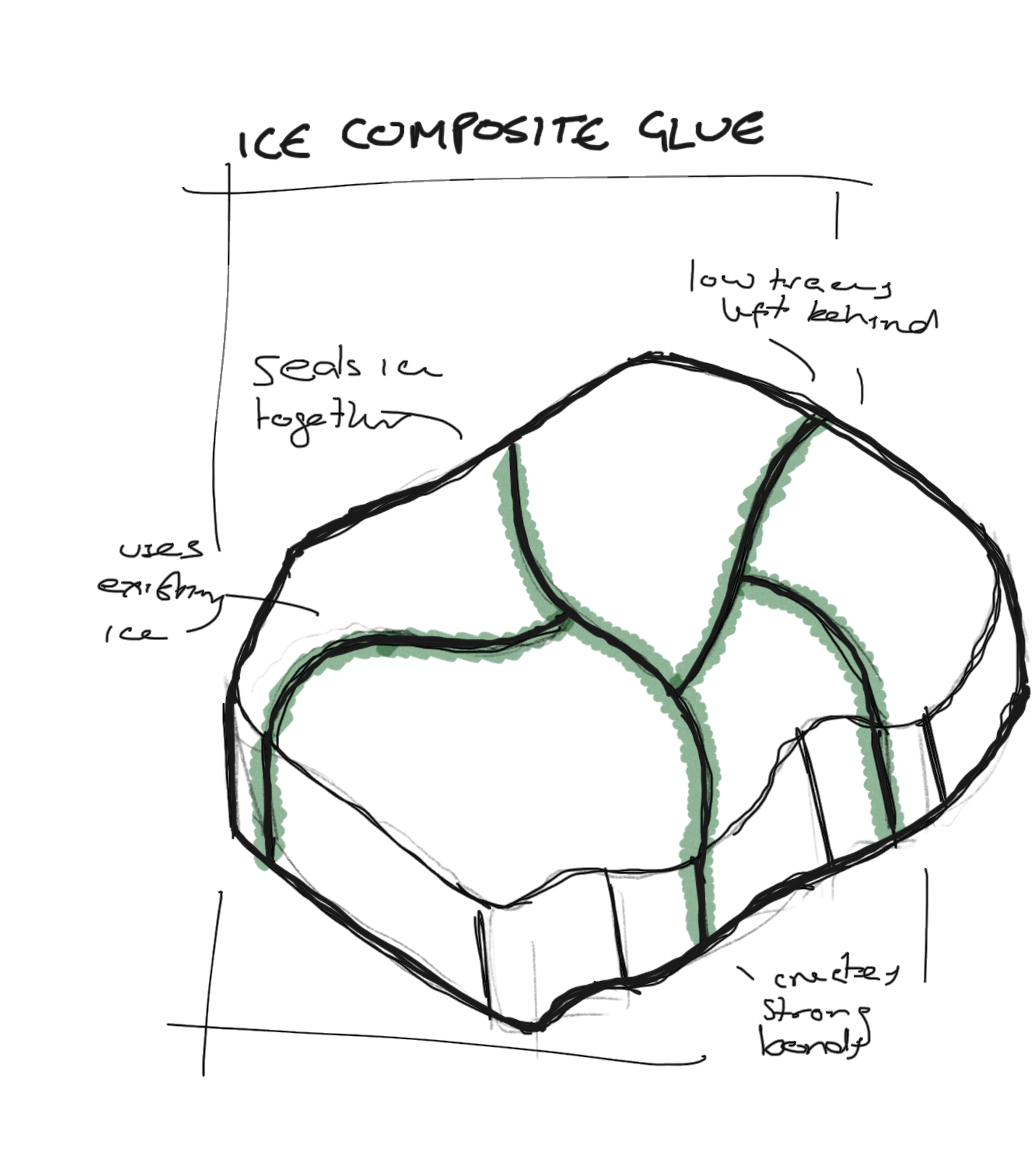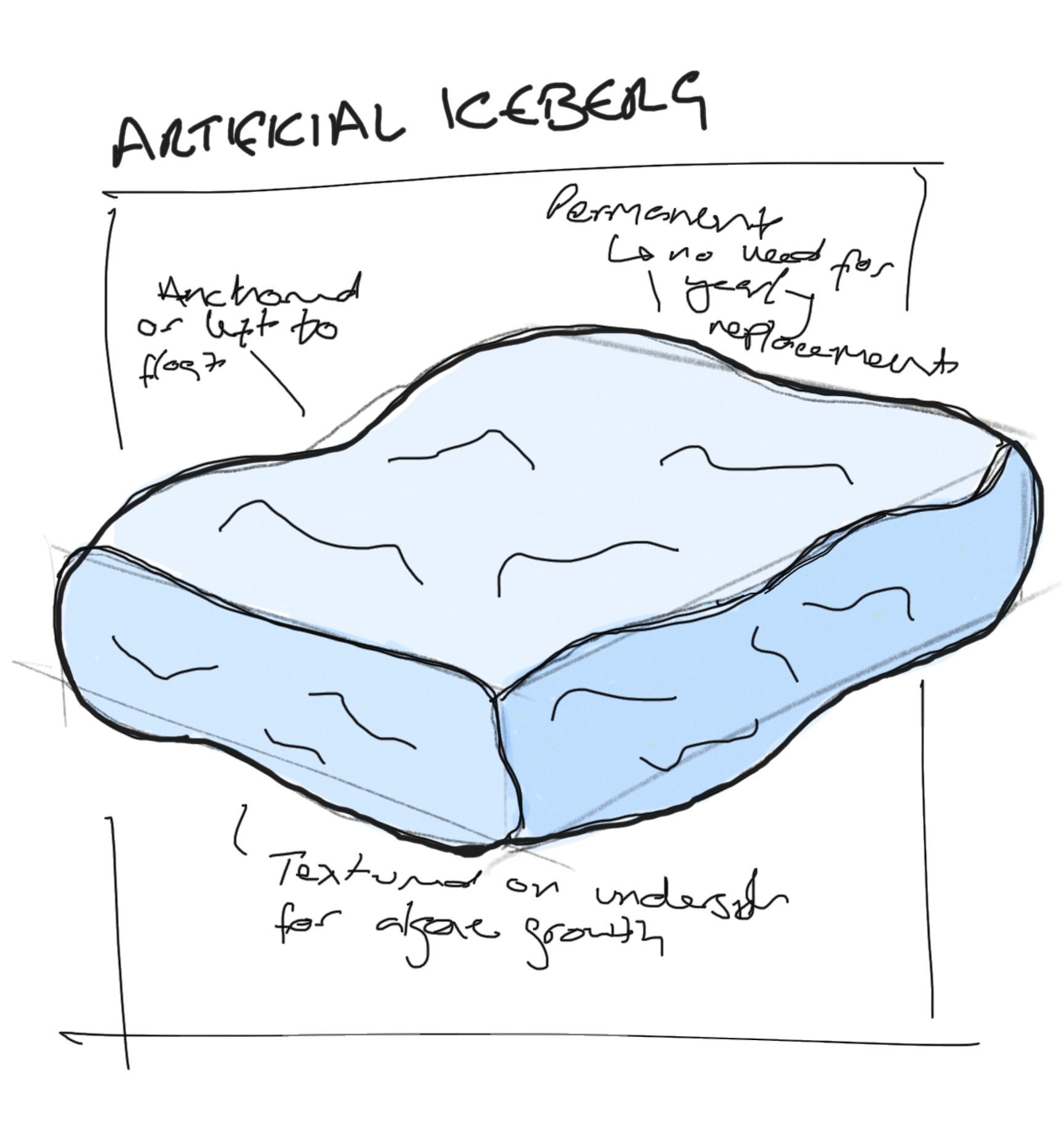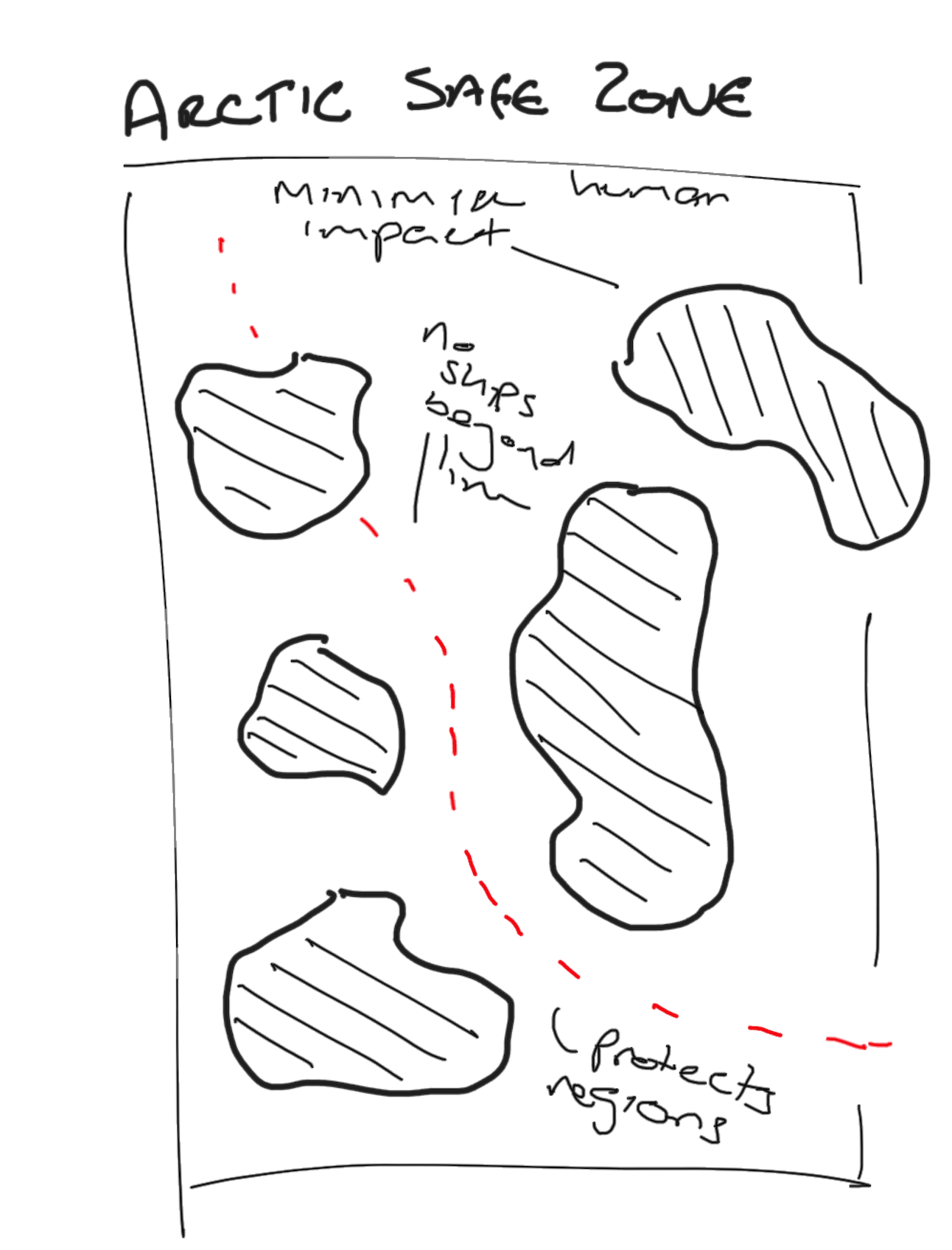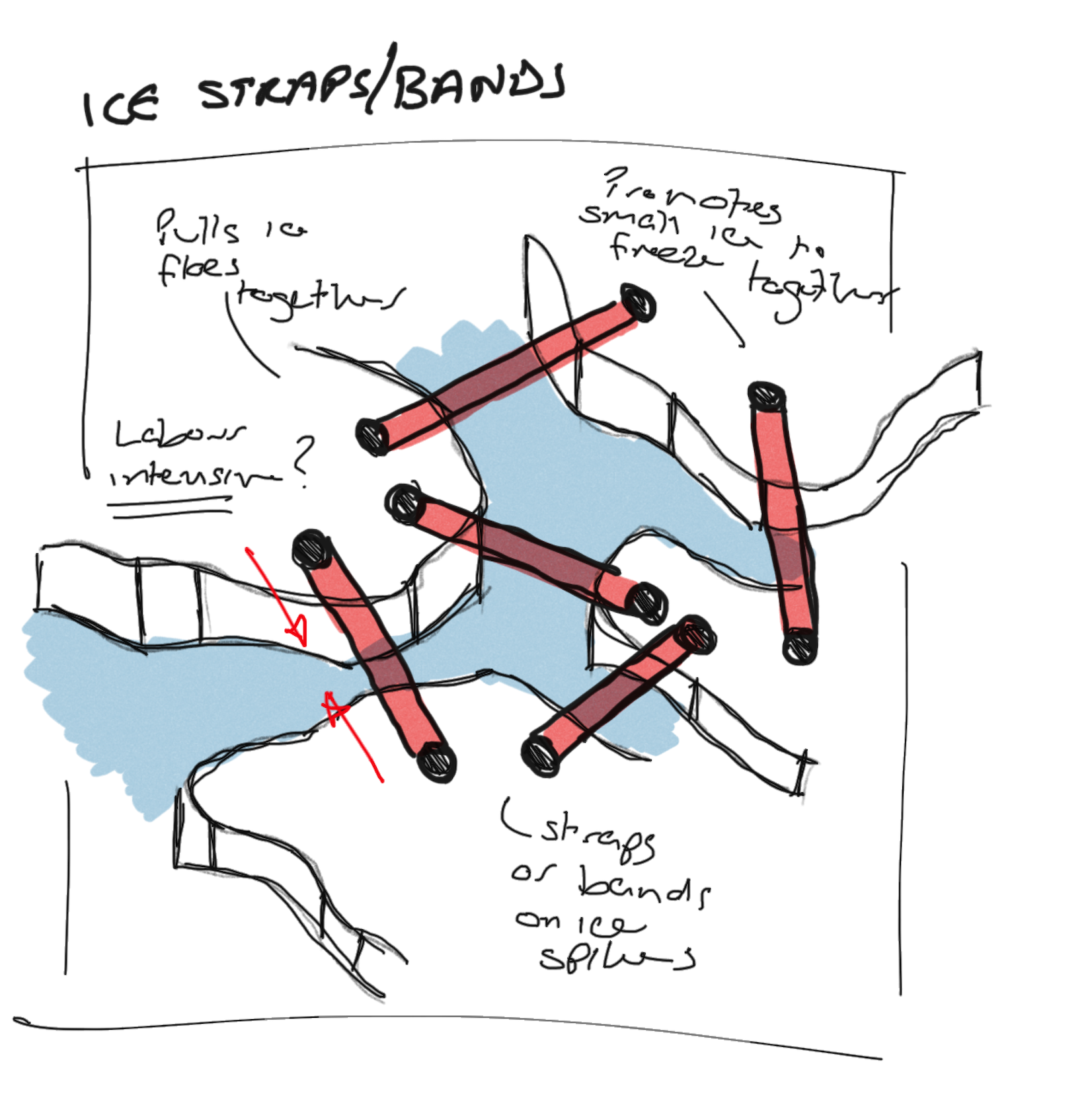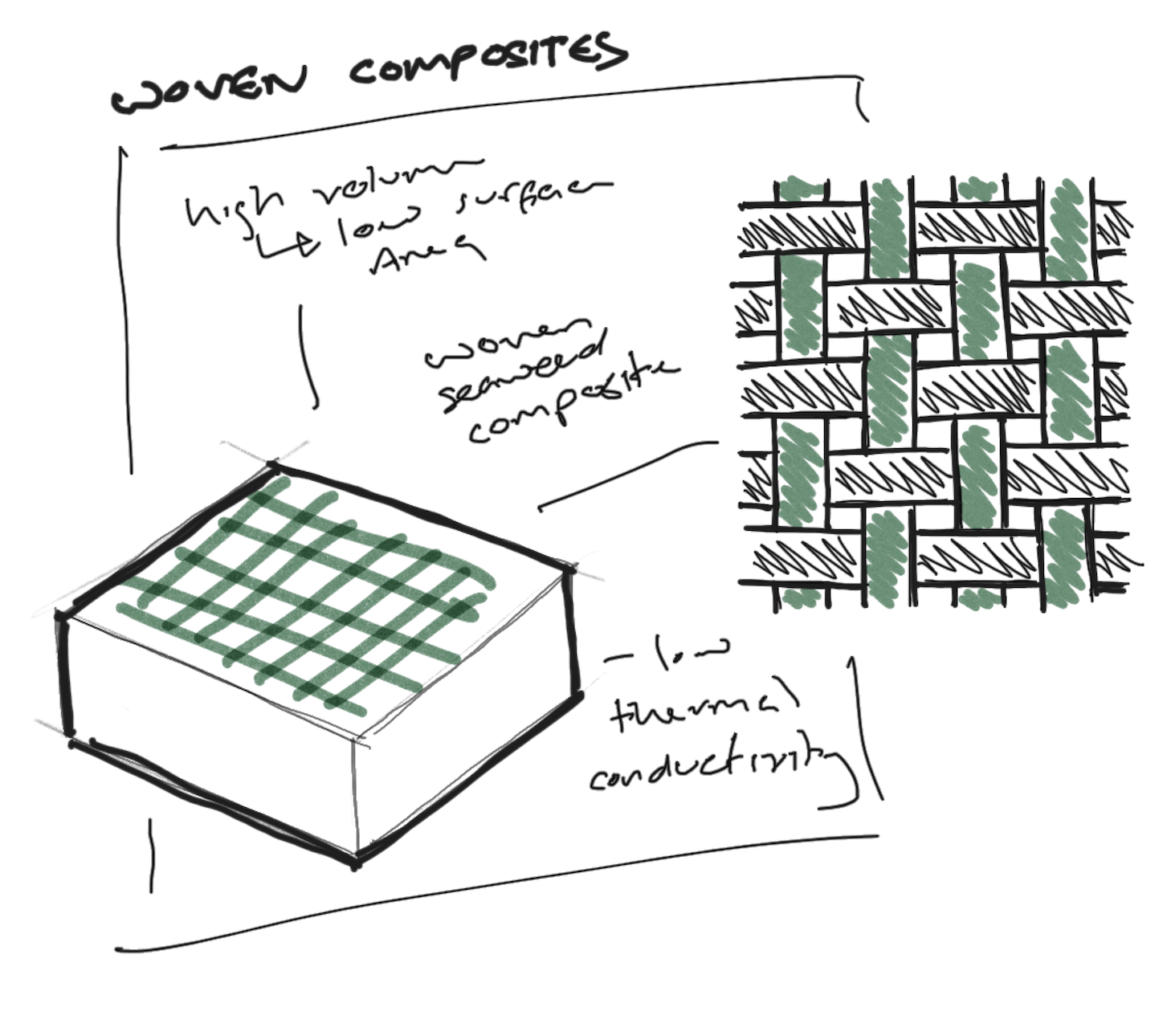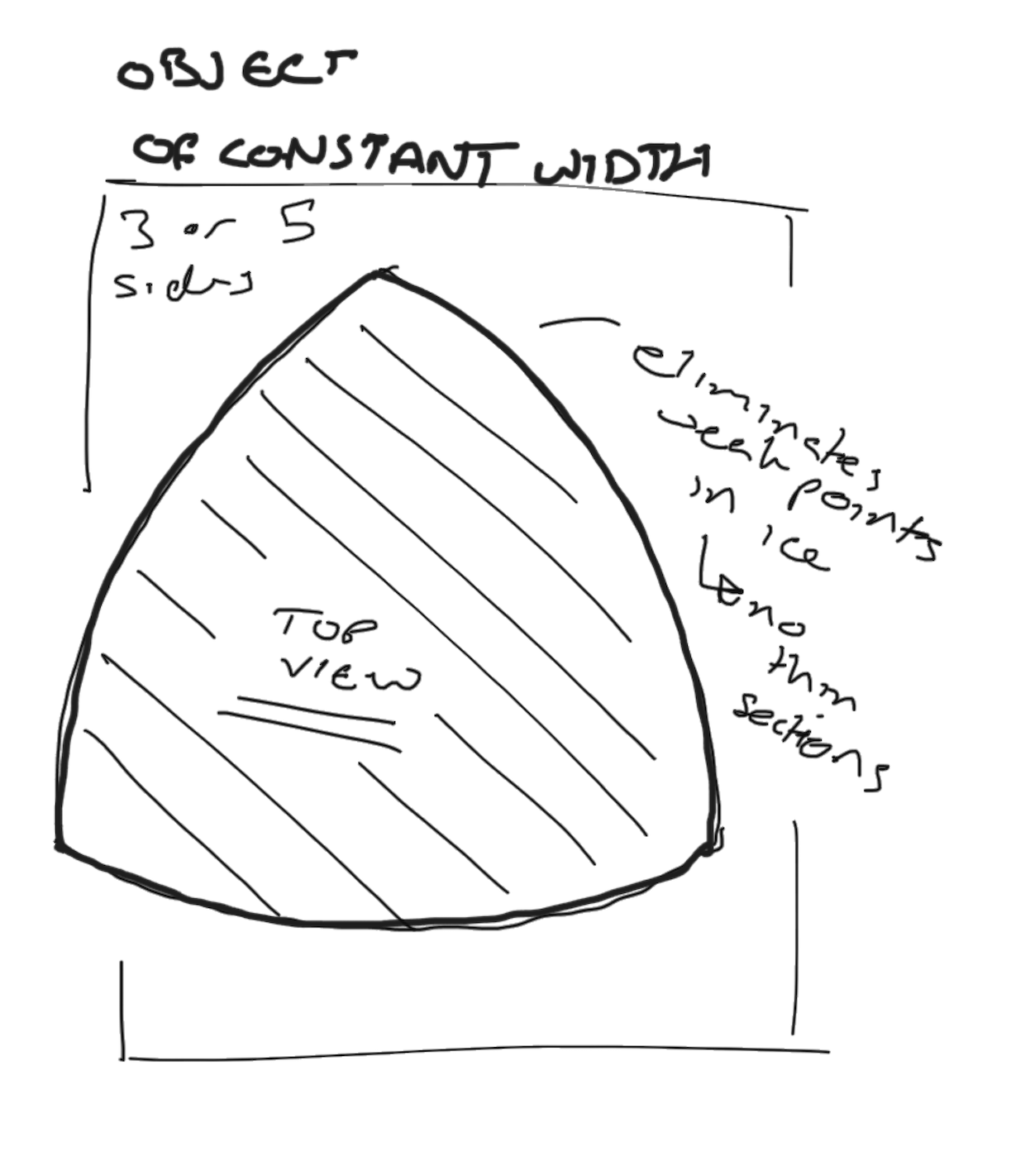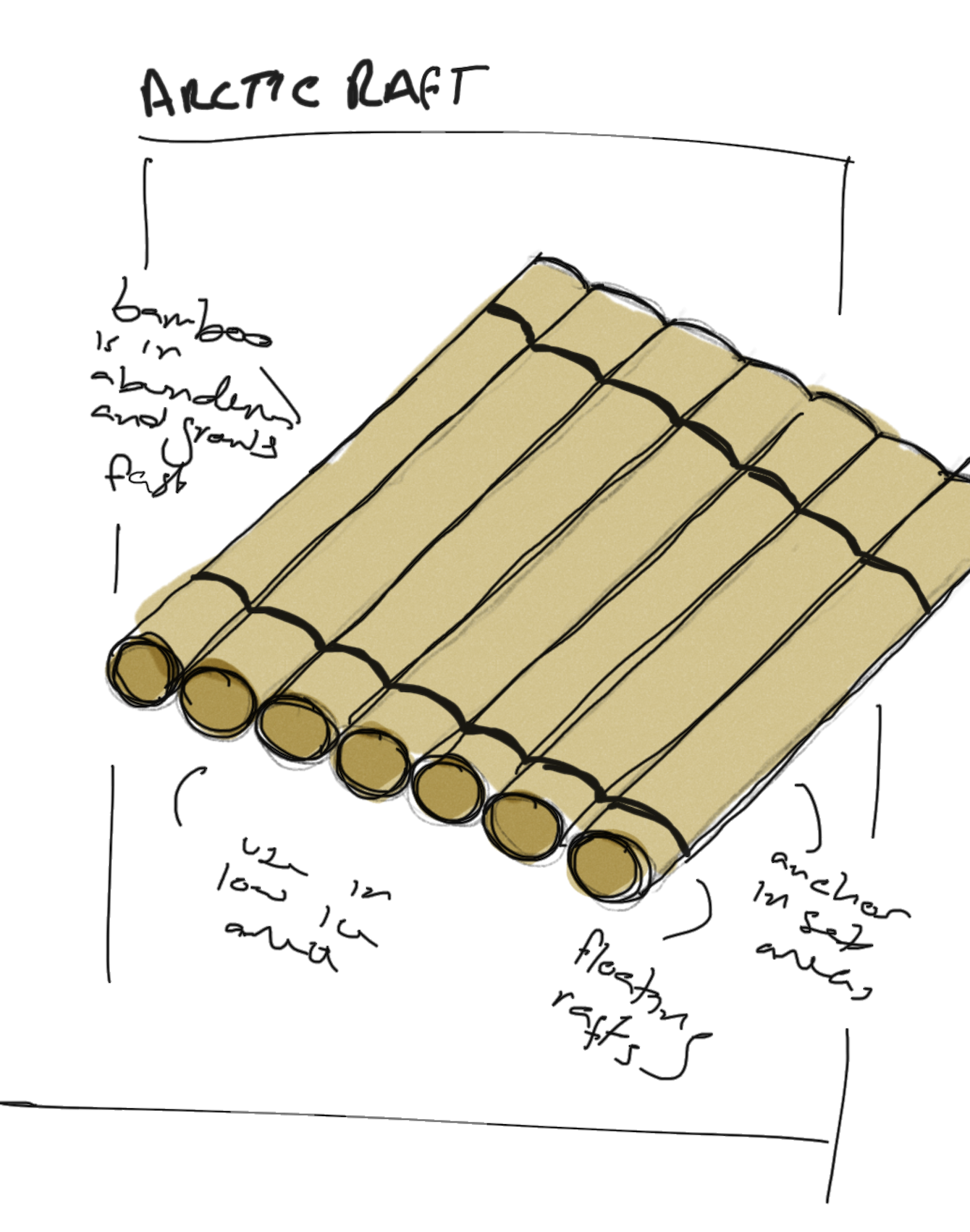North Star
North Star was the winner of LSBU sustainability award and was chosen to exhibit at the New Designers graduate show where it was shortlisted by two judges.

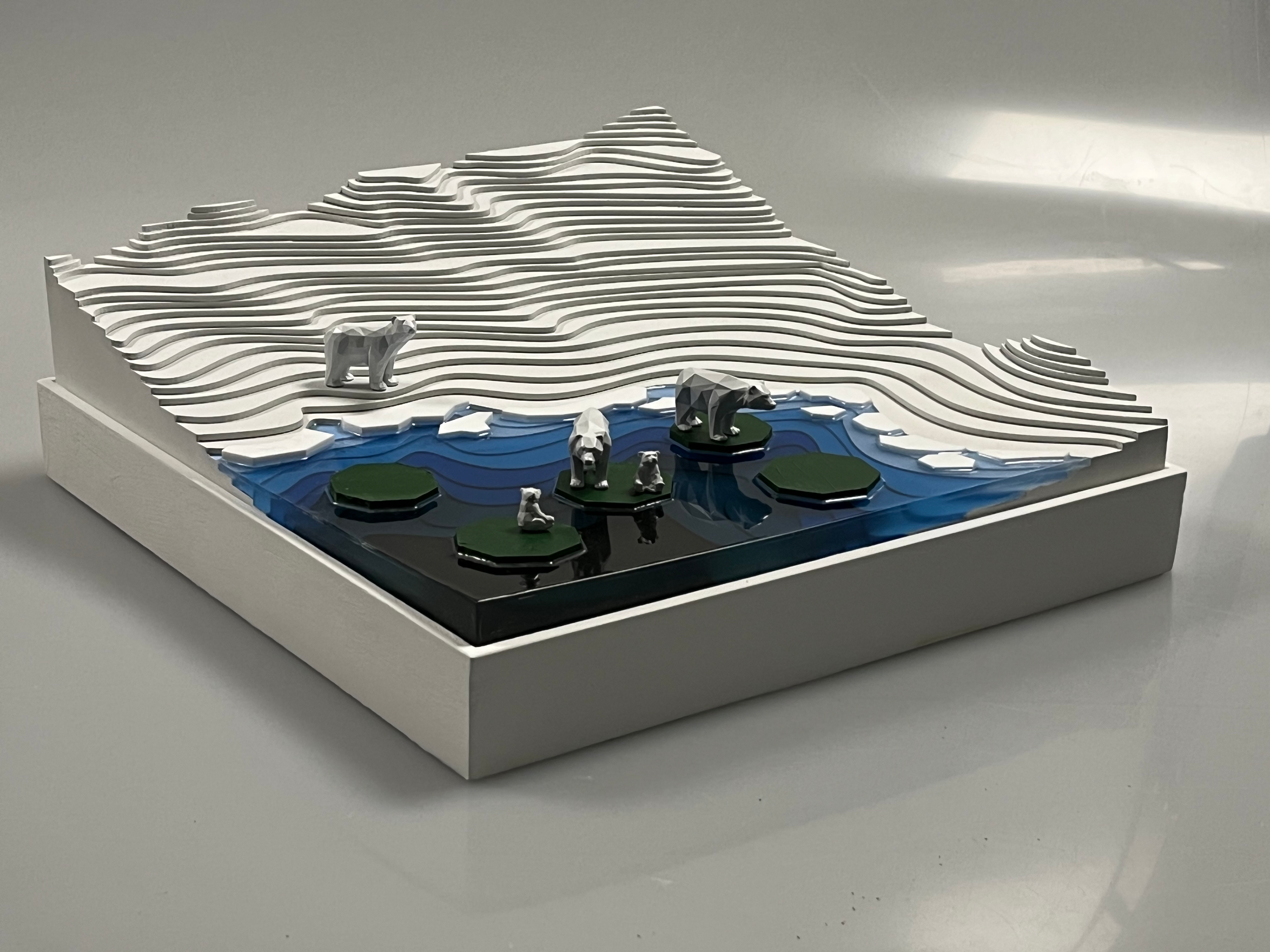

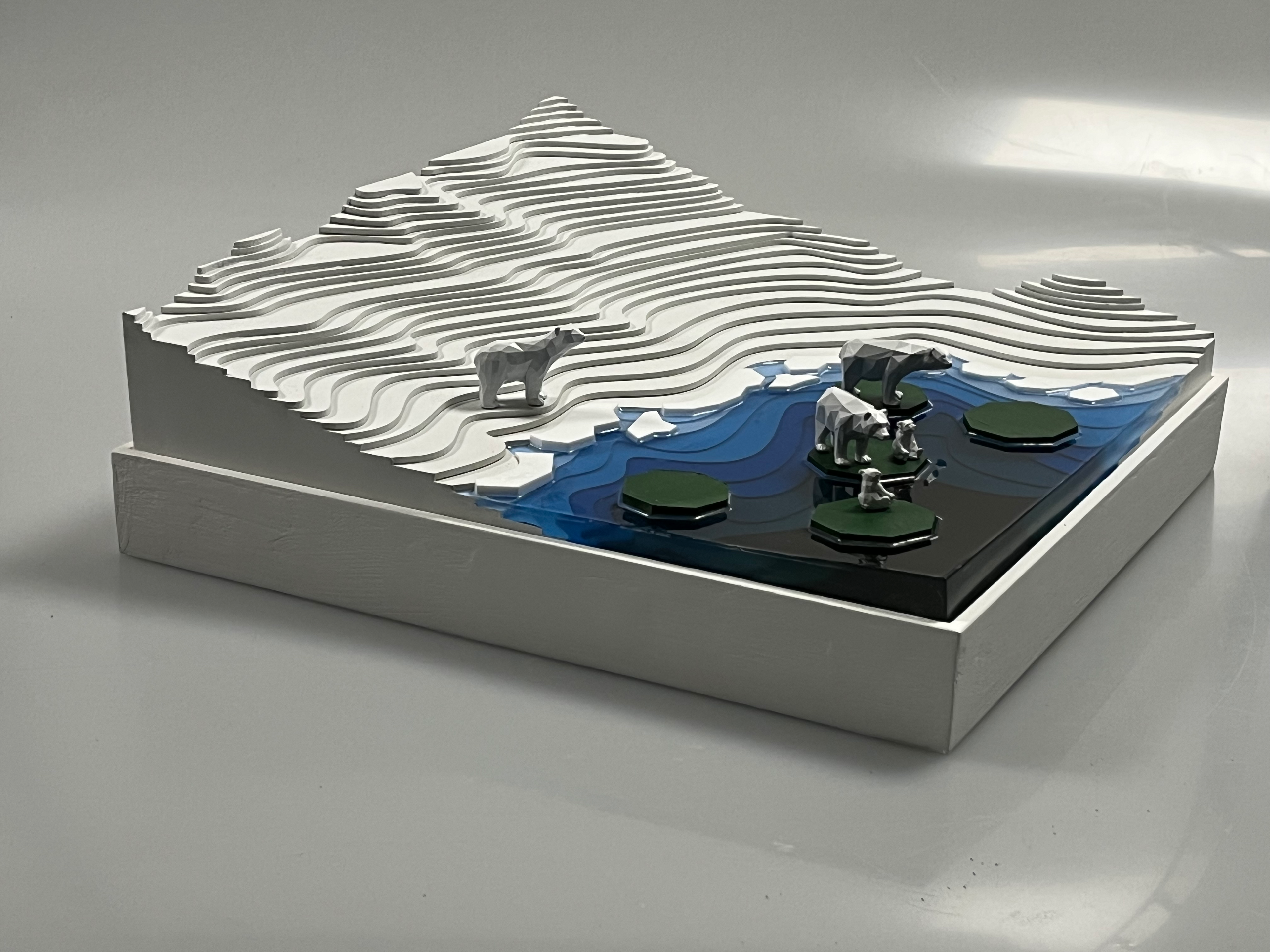
Since recording began in 1979 the planet has lost 50% of its Arctic Sea Ice.
Arctic sea ice levels are declining at unprecedented rates, with an ice free summer expected as early as 2035. Therefore survival for polar bears and other Arctic wildlife is becoming increasingly difficult.
North Star is a new device capable of freezing sea water infused with giant kelp, to slow down the rate of melting of sea ice. This will provide a much needed lifeline to the Arctic wildlife so they can continue to travel, hunt and raise their young in the summer months, when sea ice extent is at its lowest levels.
What does it do?
North Star Ice Can...
Last up to 4 months in open sea
Support the weight of a family of polar bears ( 500Kg)
Provide a habitat for algae and phytoplankton
Long Term Benefits
Creates sea ice stability for the future
Helps restore the Arctic ecosystem to levels of previous years
No residue of harmful materials or pollutants are placed into the water by North Star
The Material
North Star uses a mixture of giant kelp and sea water. The kelp and sea water are contained in the rig and frozen over the winter months, using the Arctic's naturally low temperatures.
These ice floes can last up to 112 days in open sea, where natural sea ice could last only 28.
The Rig
Pictured below is left to float in the Arctic Ocean, its design is completely modular and the whole assembly can be completed using a universal screw. In the winter months, when freezing of natural sea ice will begin, the giant kelp is placed in here, to fill up the space.
Once the sea water and kelp have frozen together, forming a new ice floe the rig can be unscrewed and the ice can be released. One rig can produce up to three ice floes. These floes are octagonal in shape and measure 6 metres from end to end.
Material Sourcing
Thought the duration of this project it was important that shipping and transport distances were considered, this would result in a lower carbon footprint for the project. The giant kelp and rig can both be farmed/manufactured in Canada, this is ideal due to the fact that the majority of polar bears reside in the North West Passage.
Exhibitions and Awards

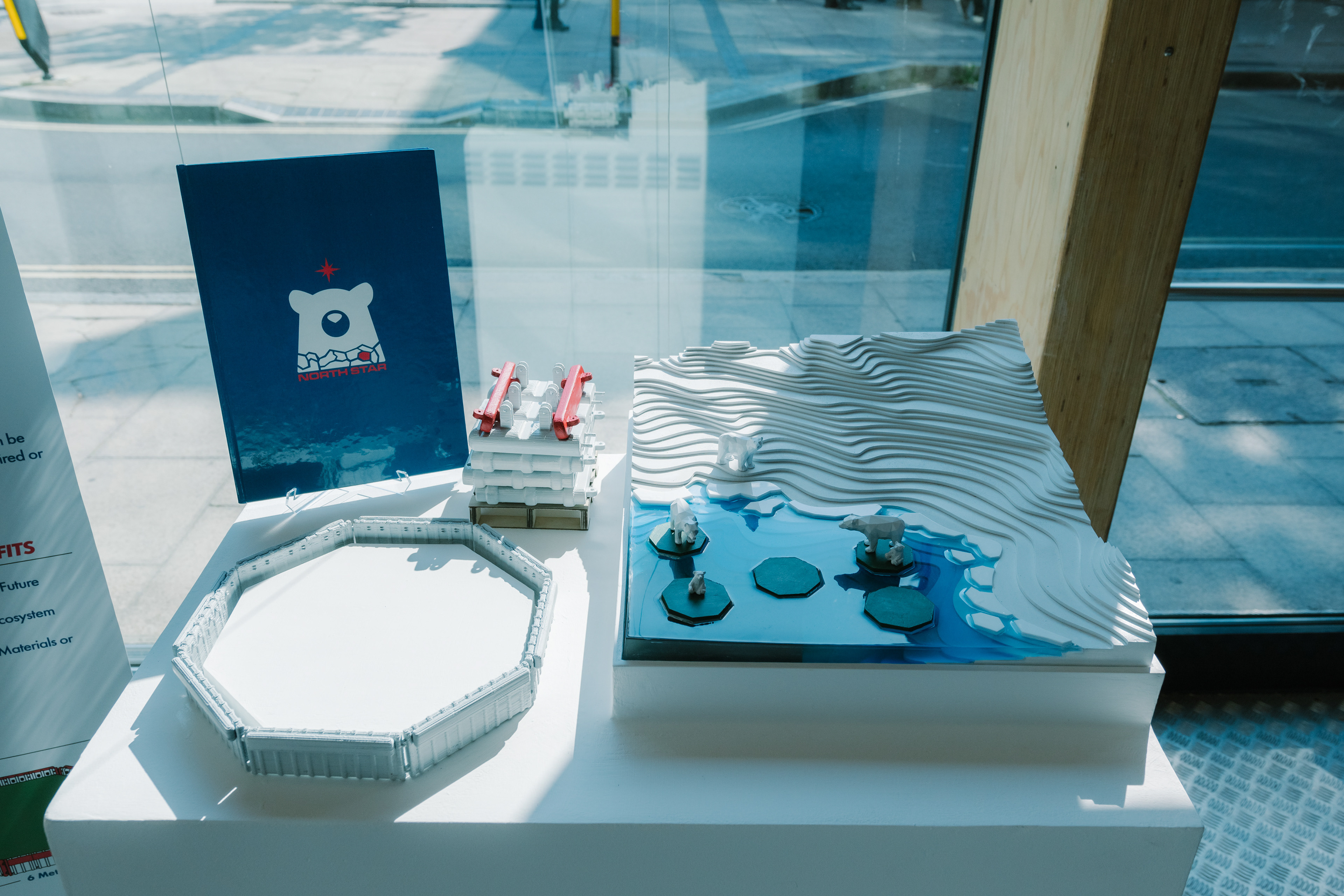
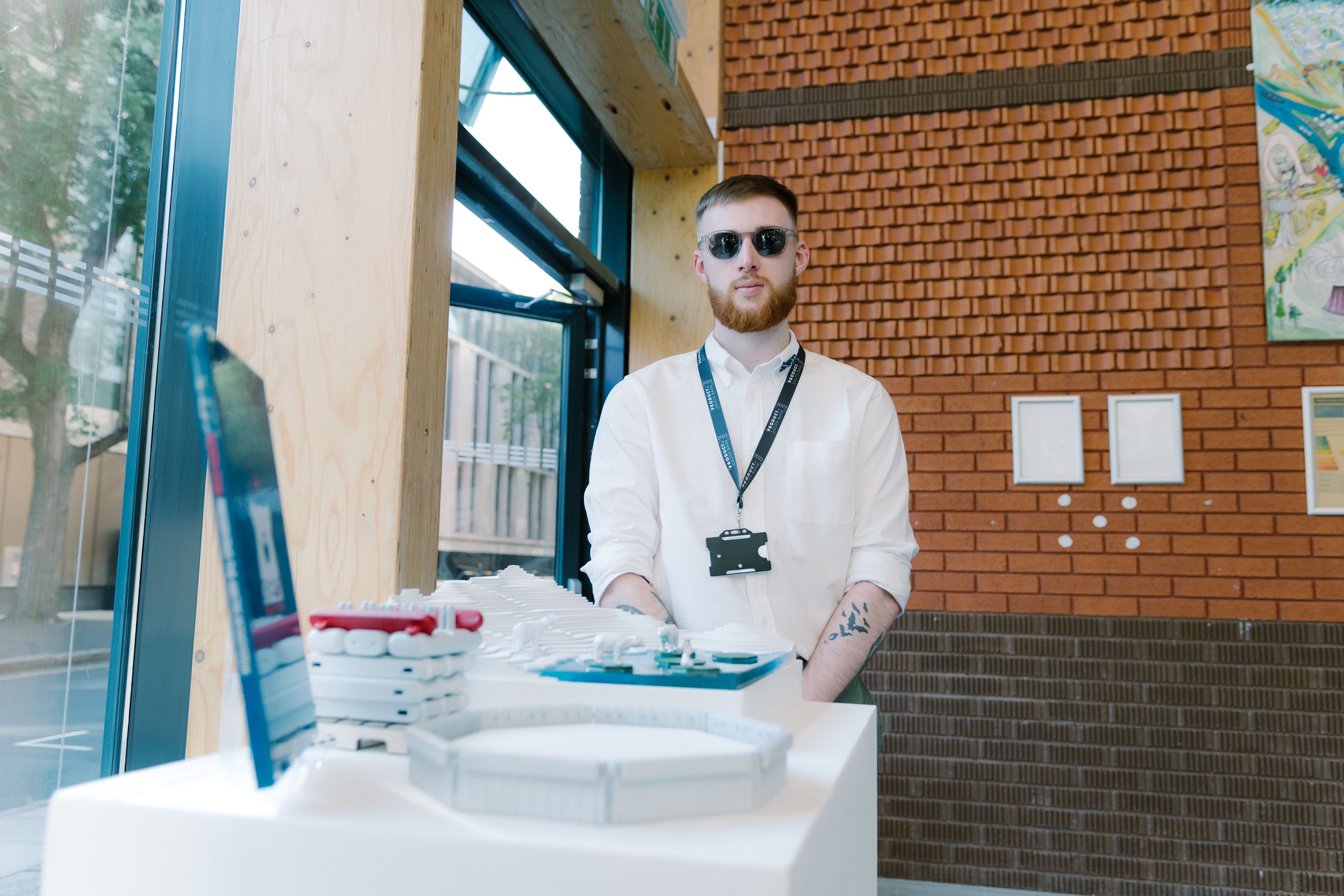

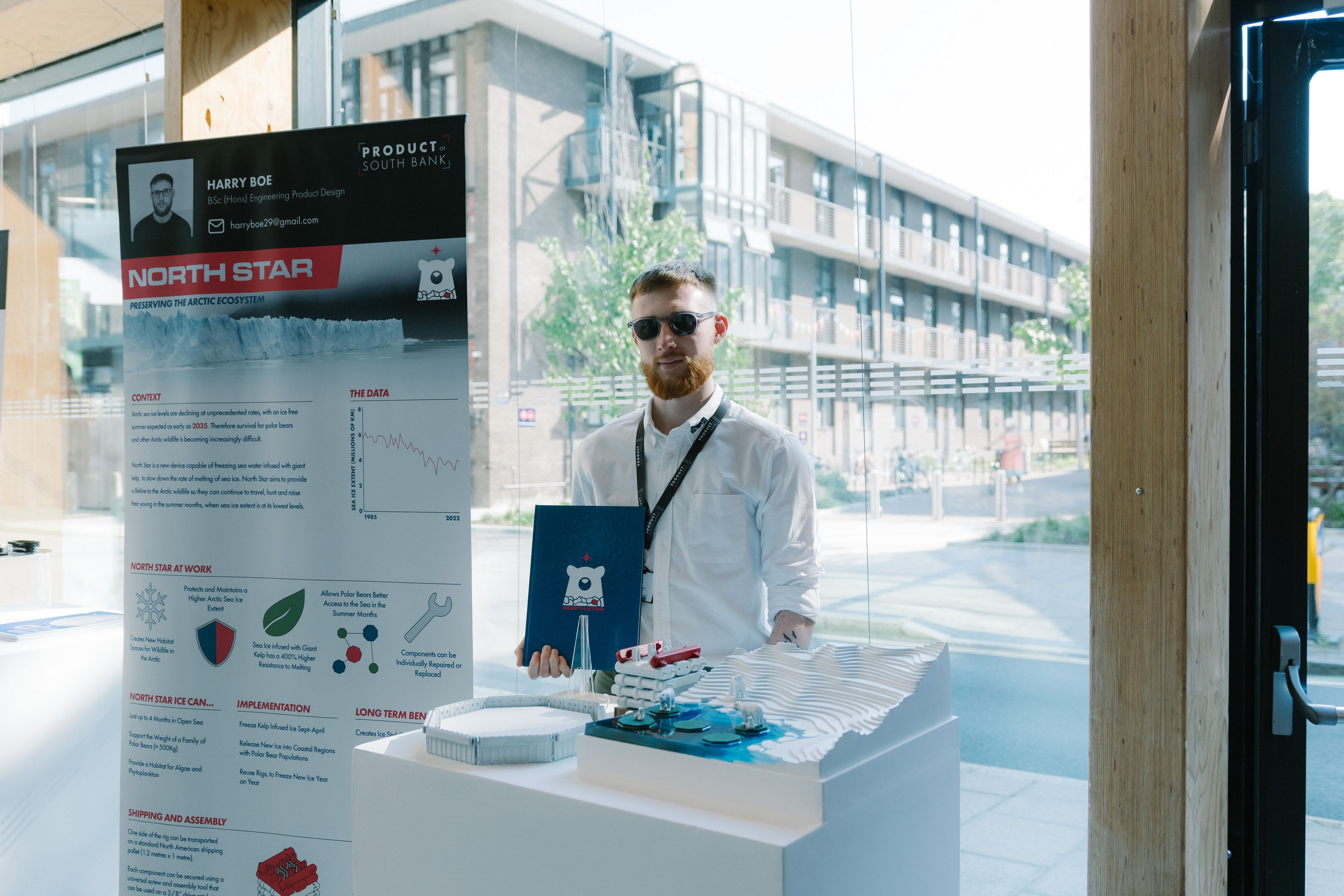

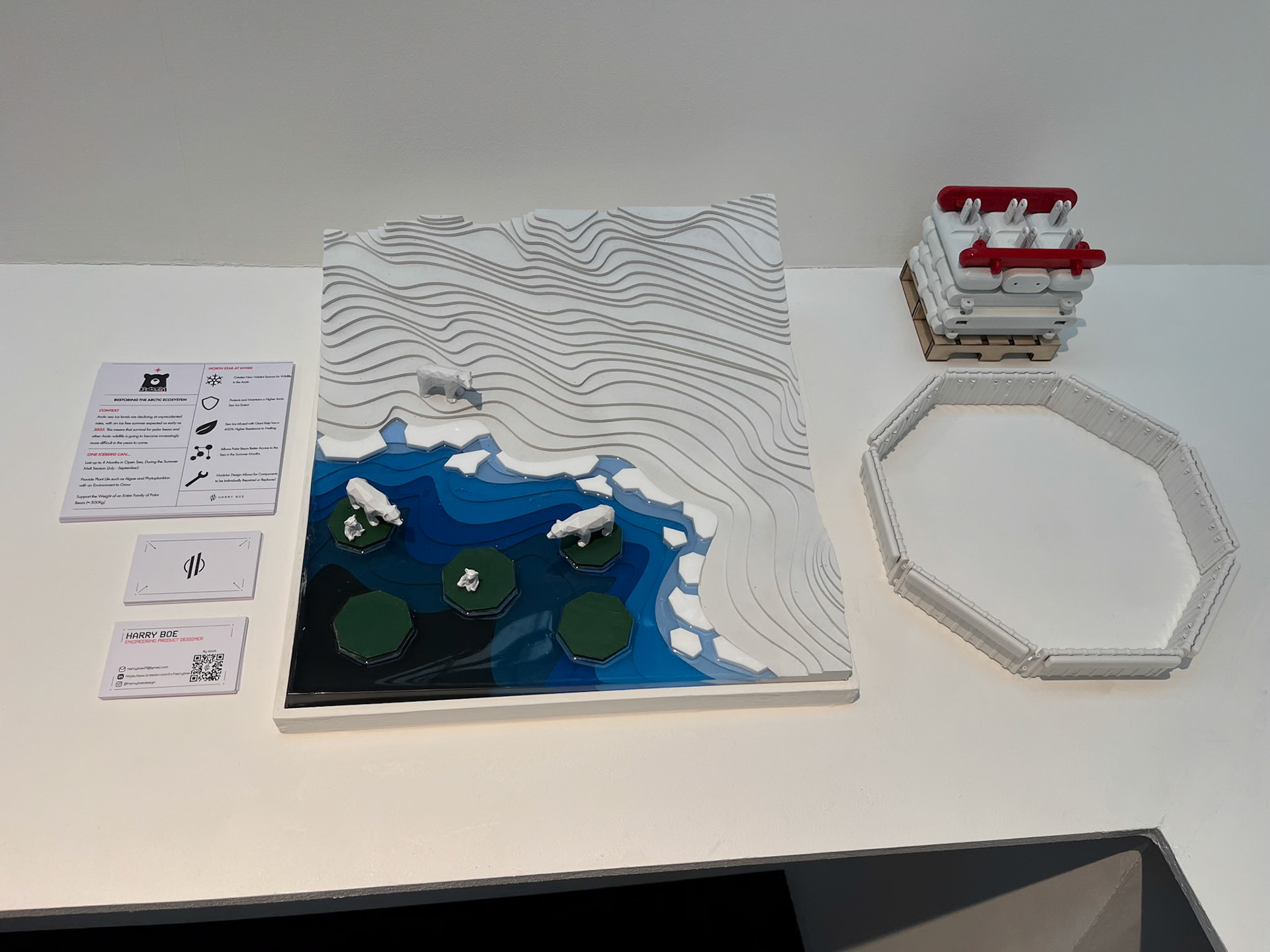
MAKING PROCESS
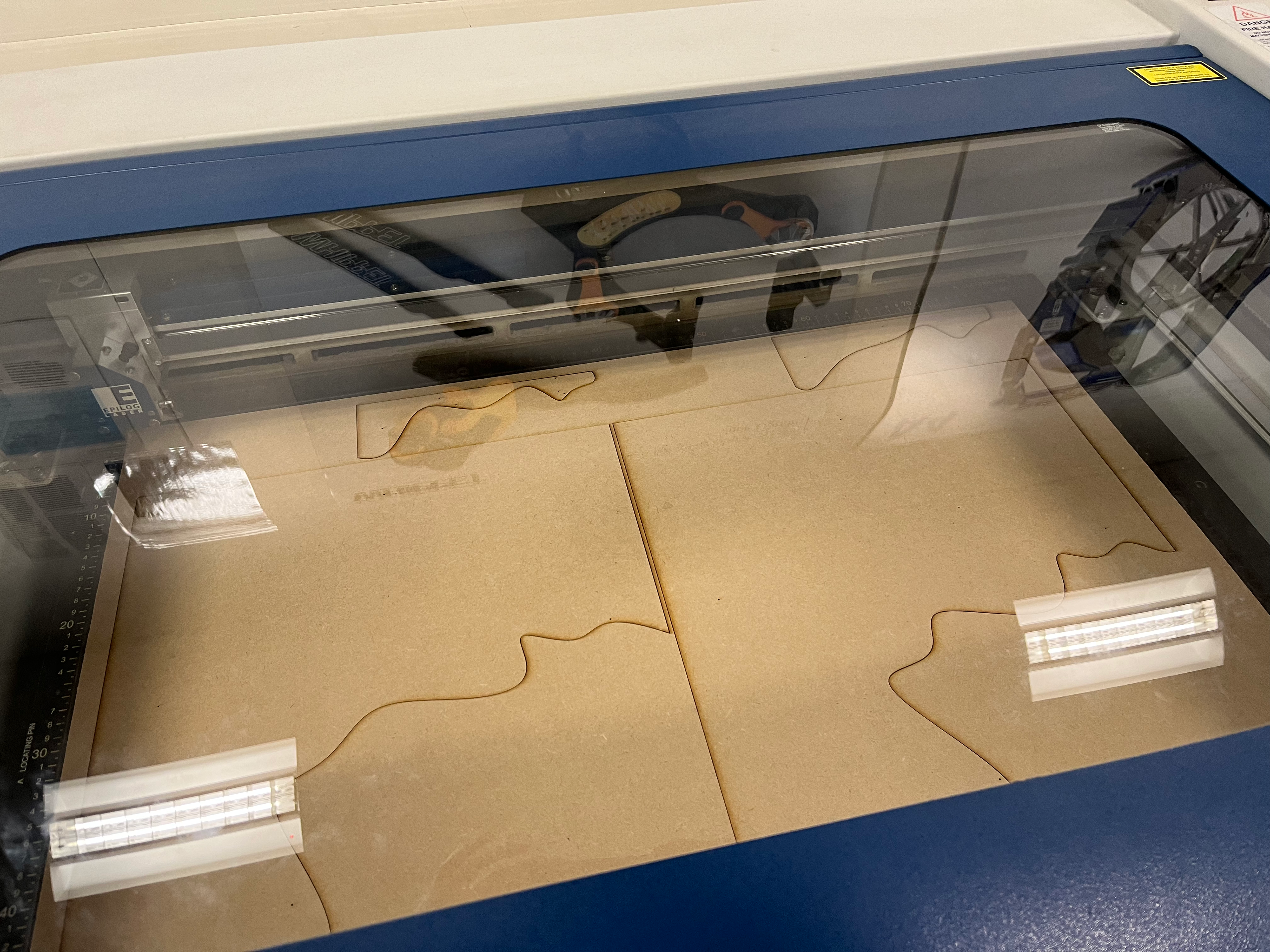


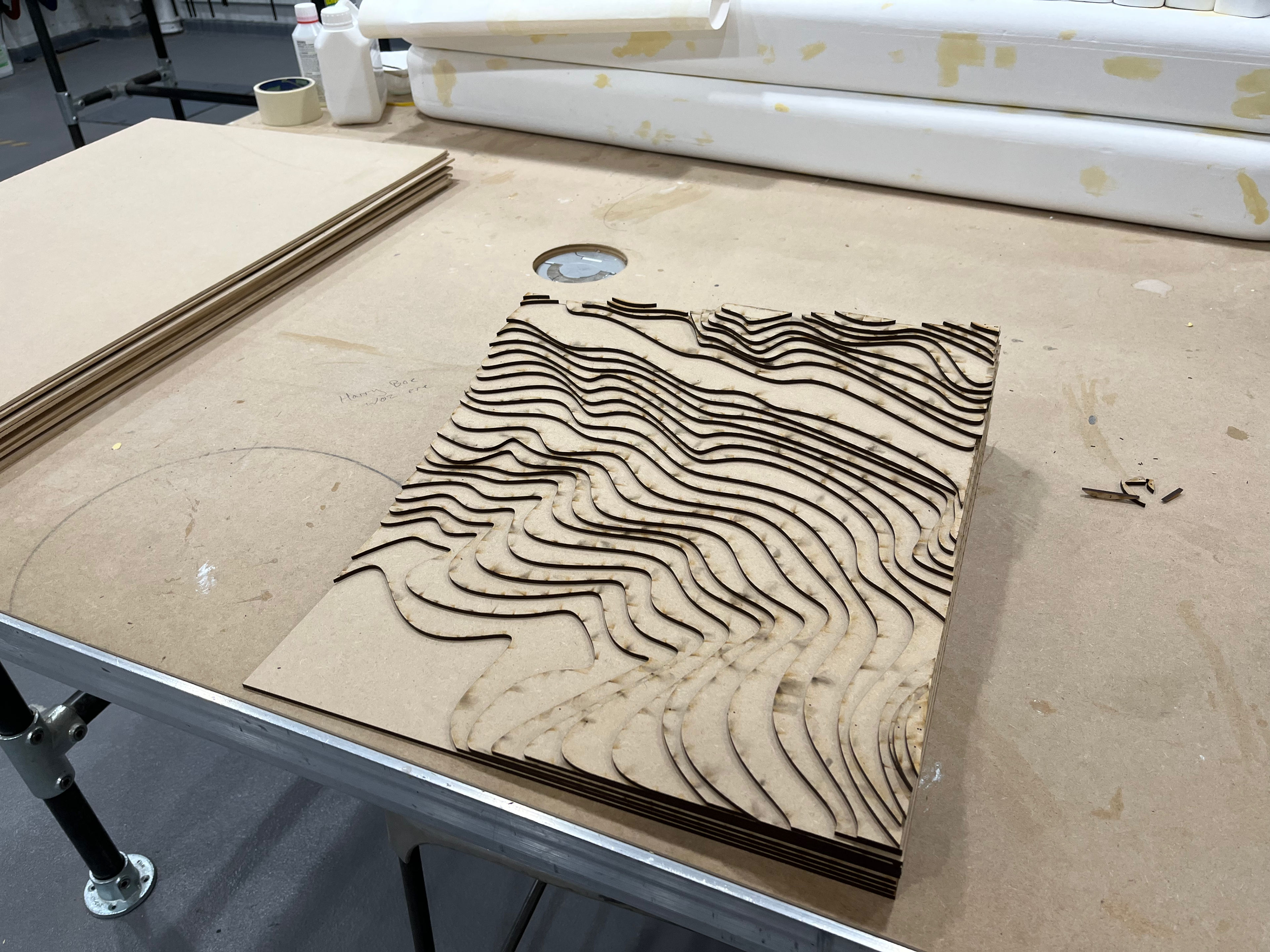
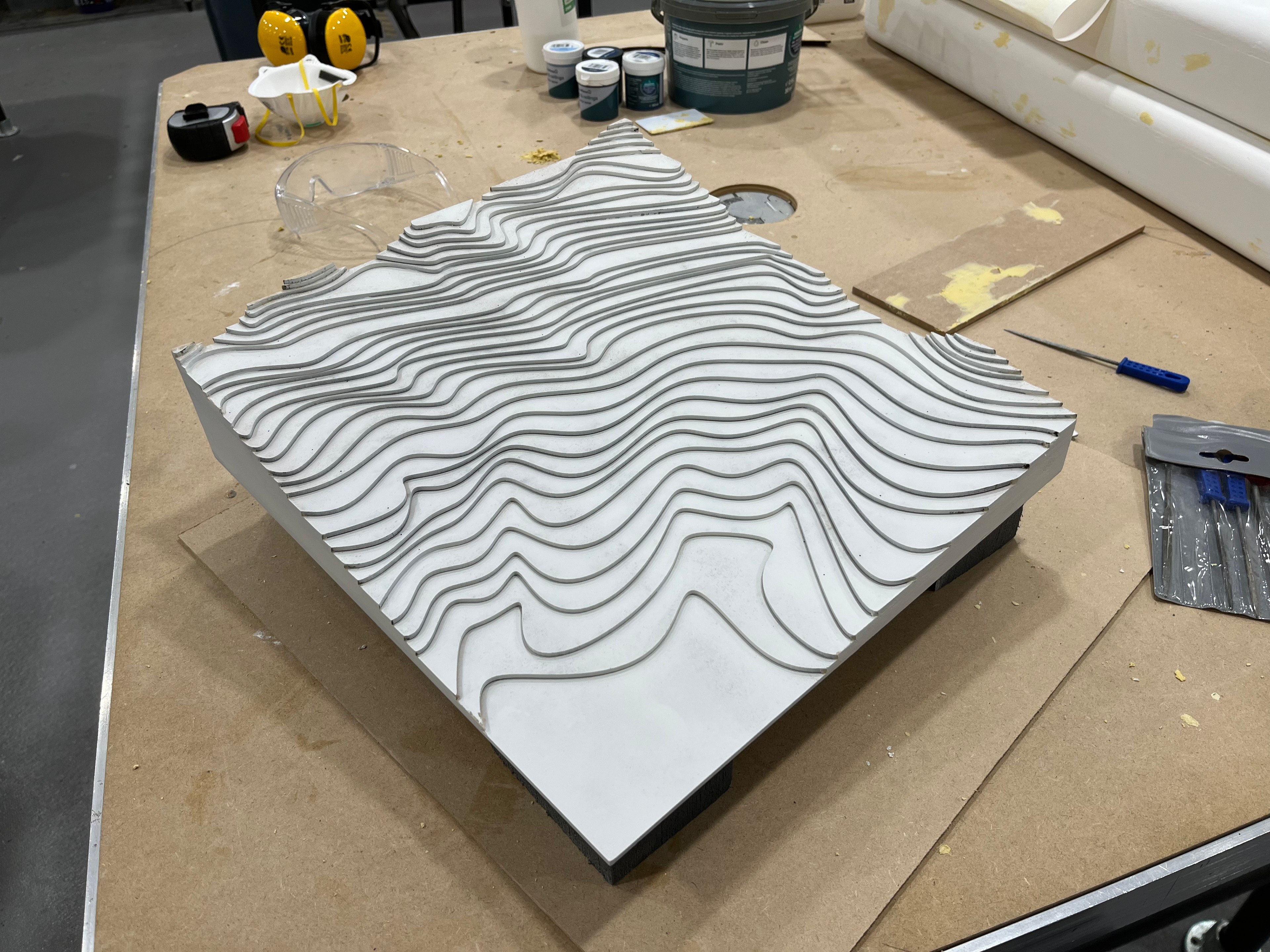
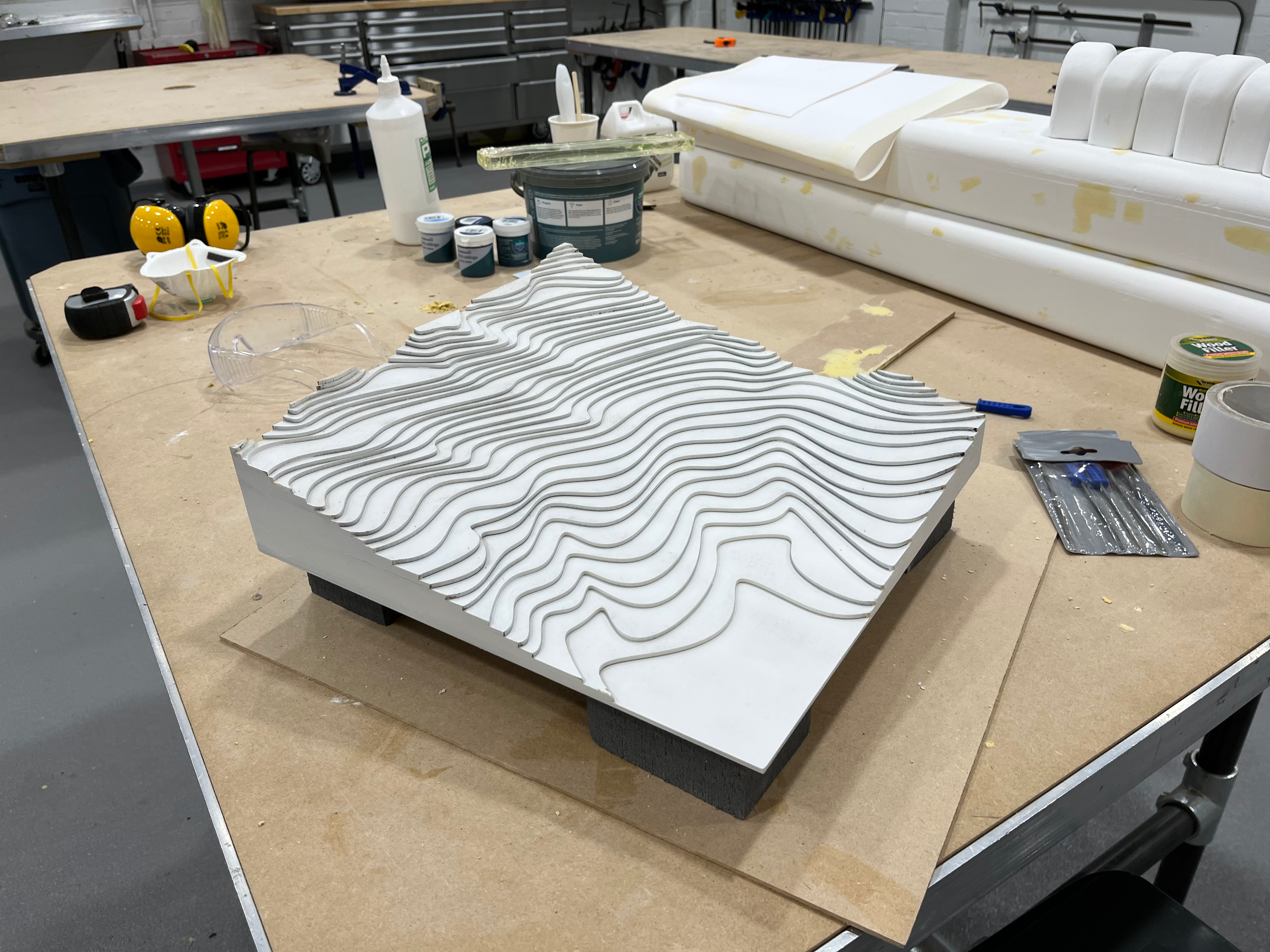

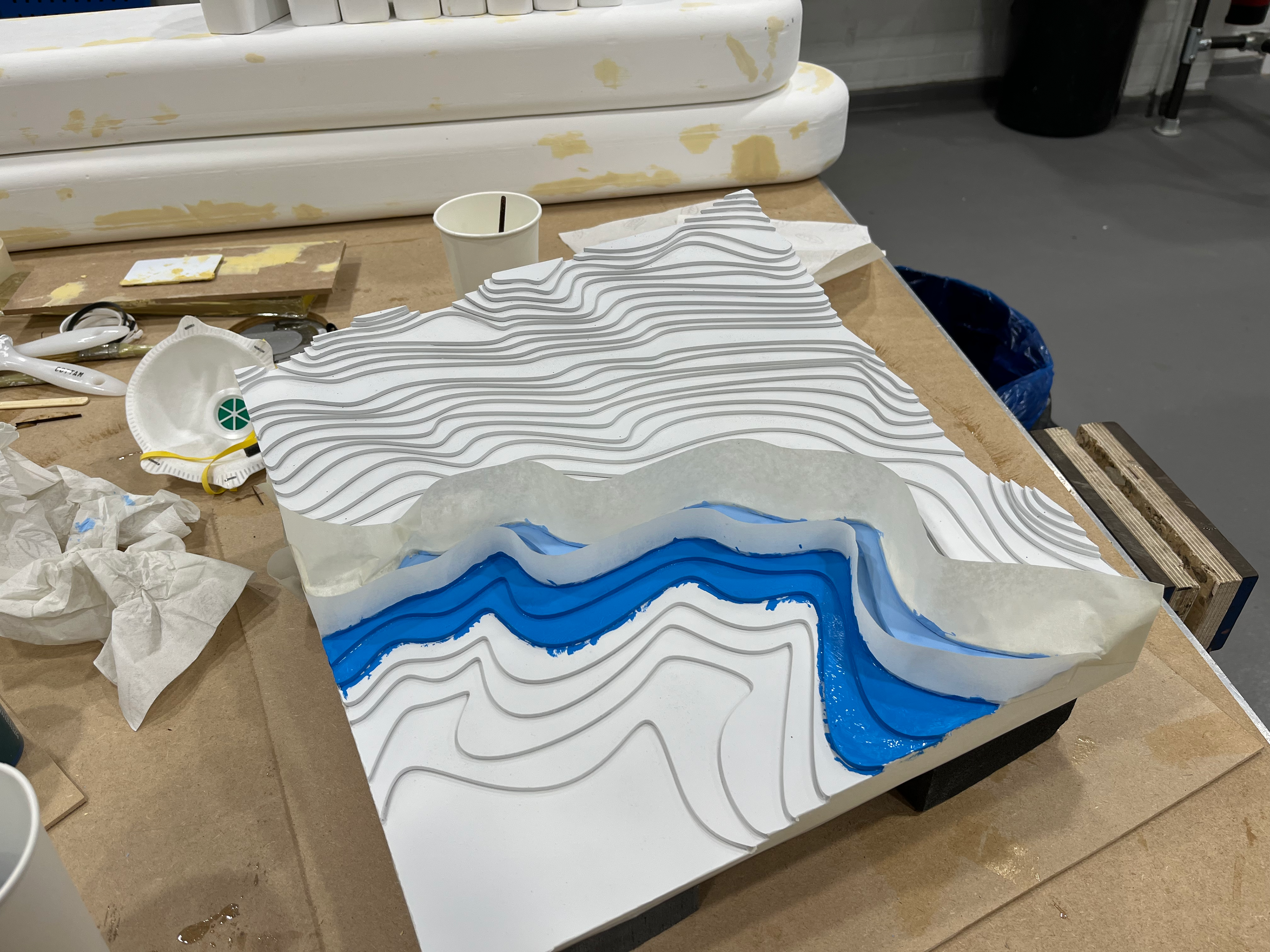
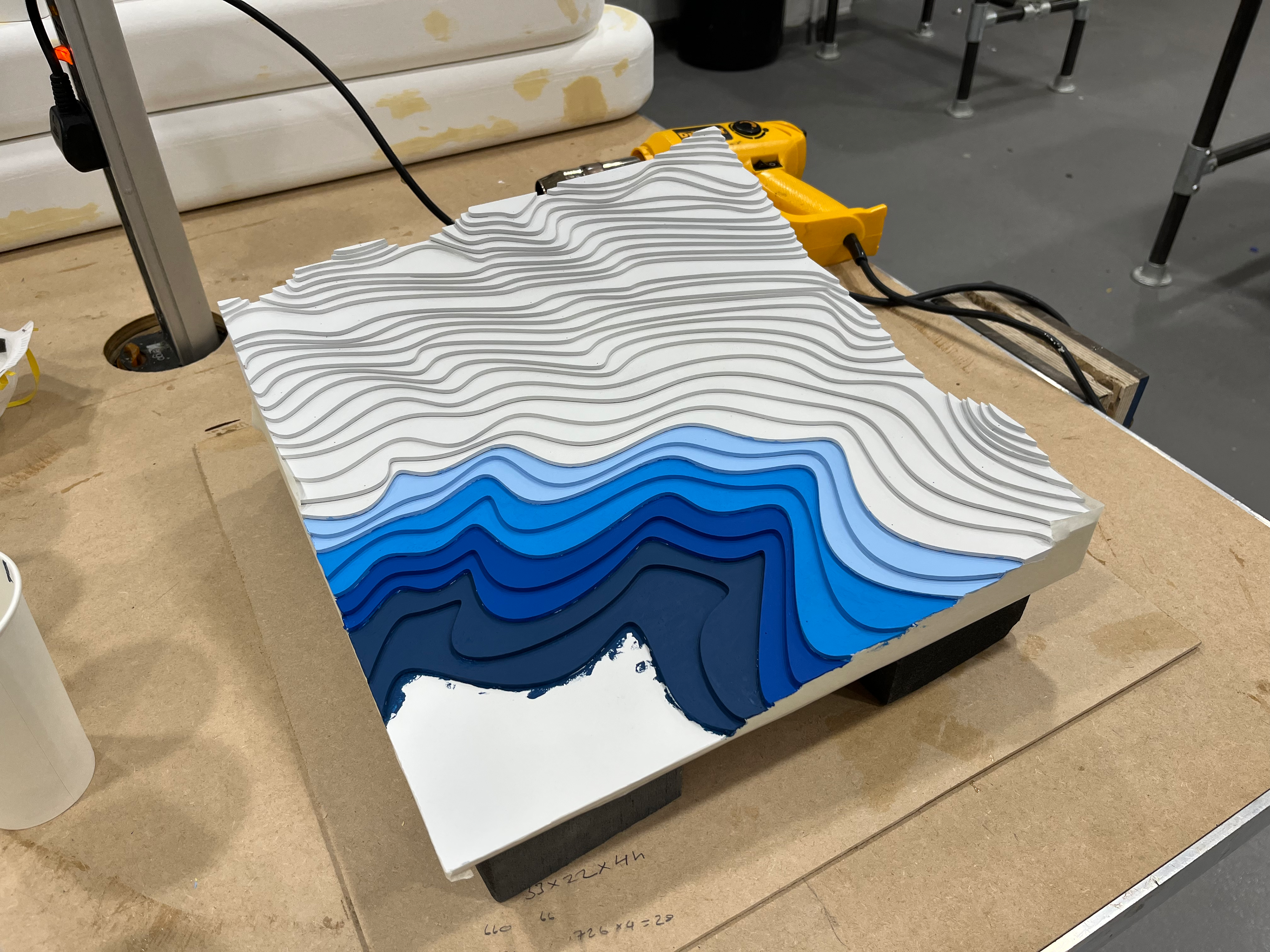
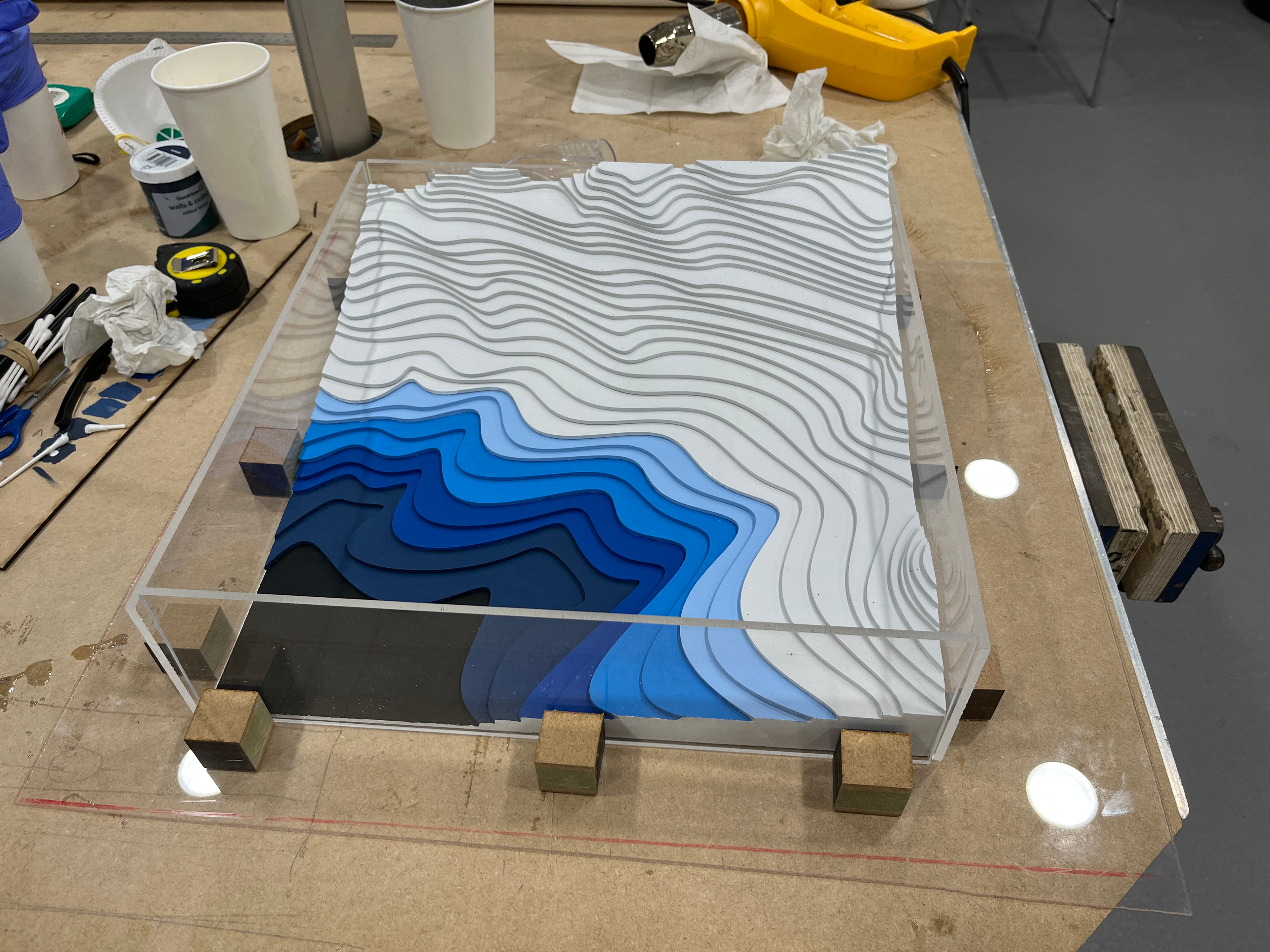
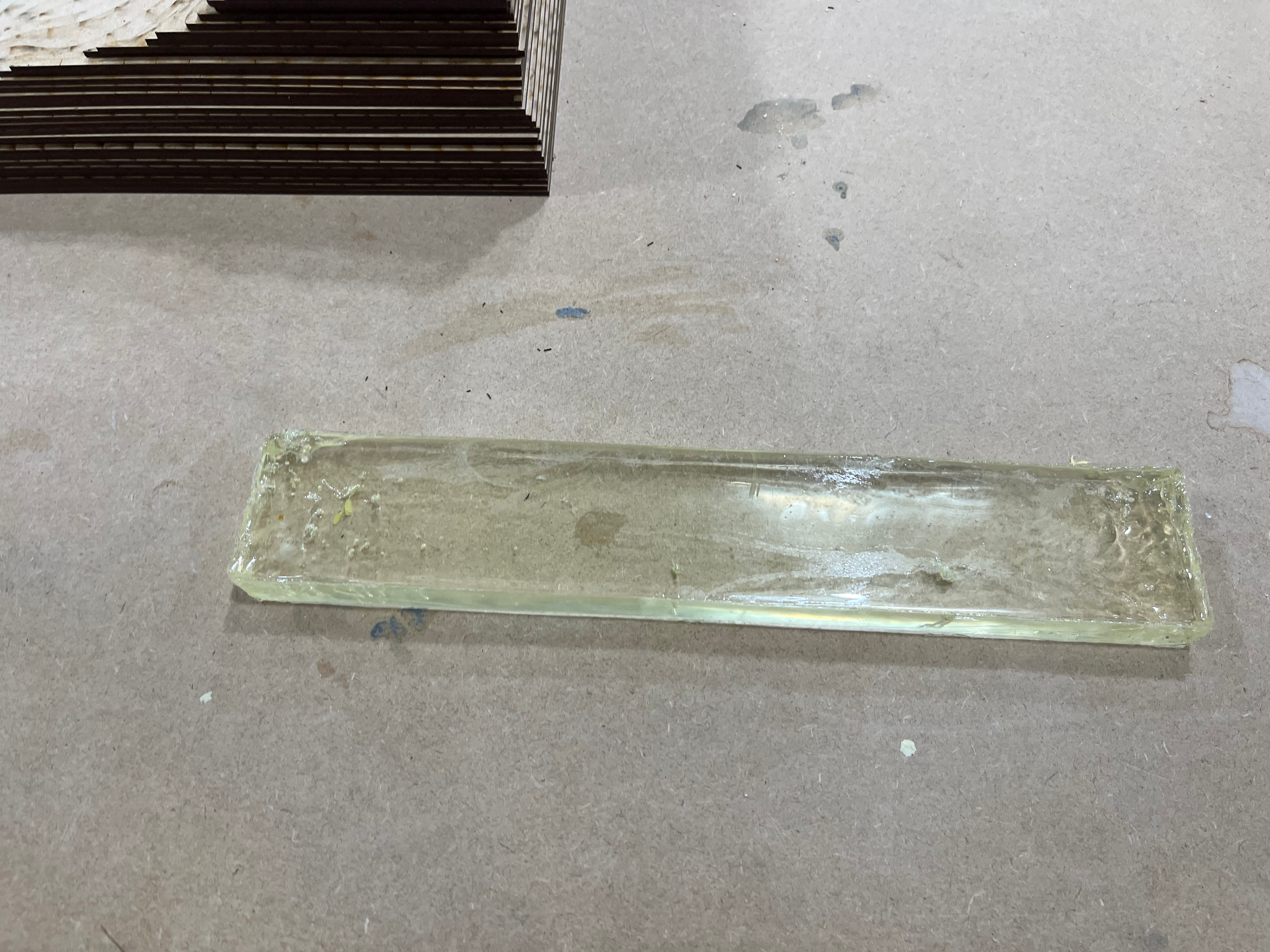
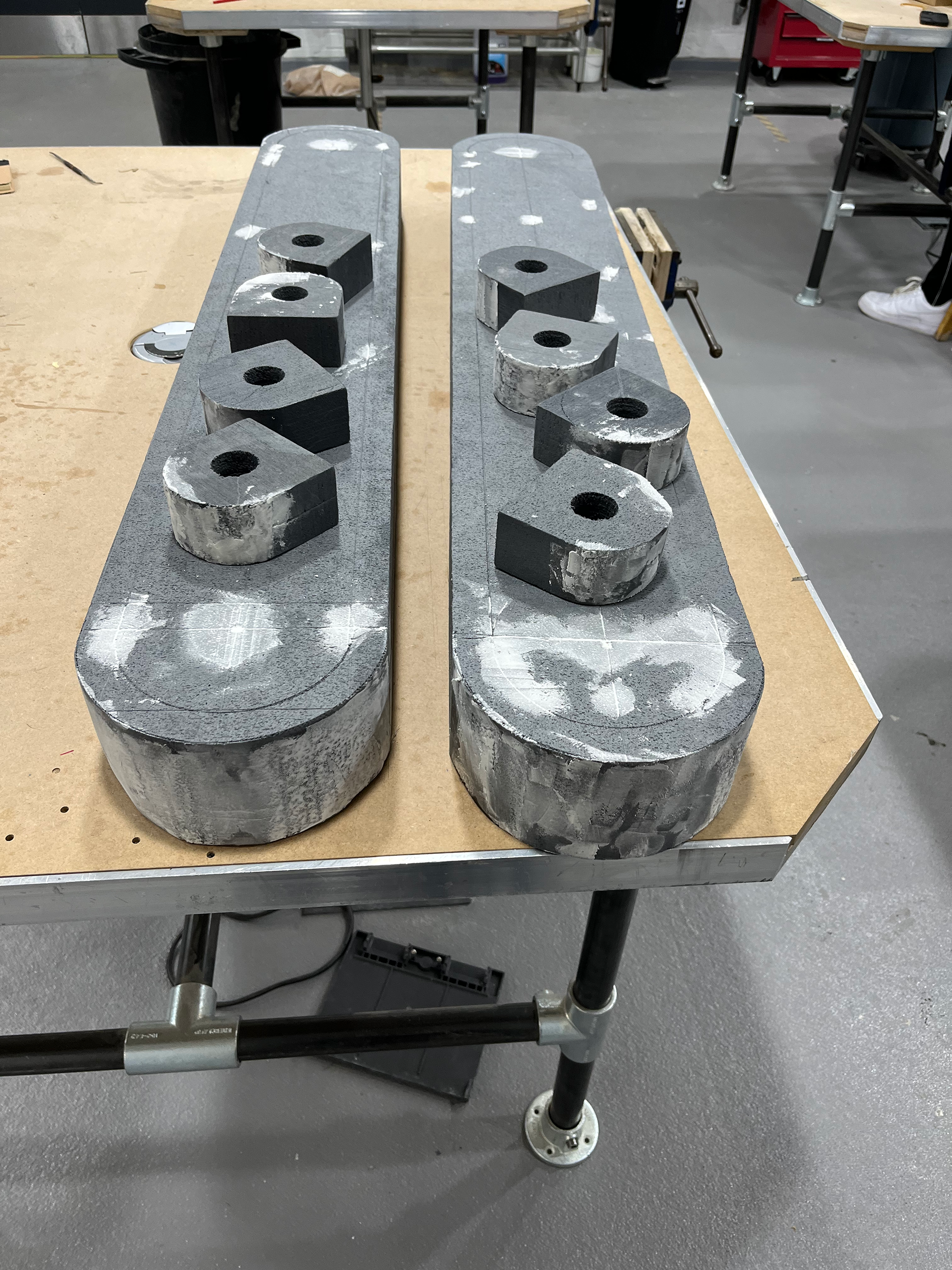
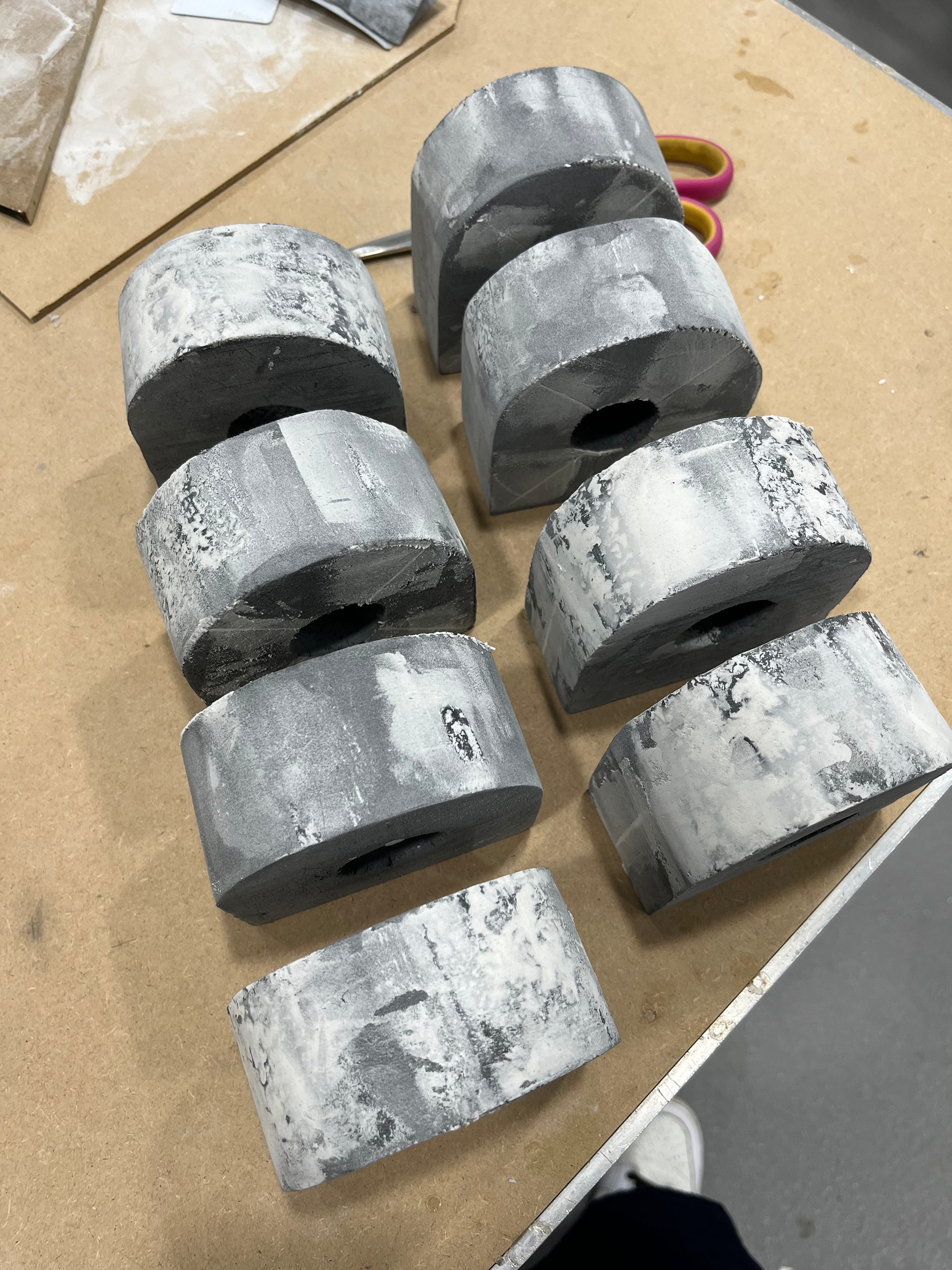



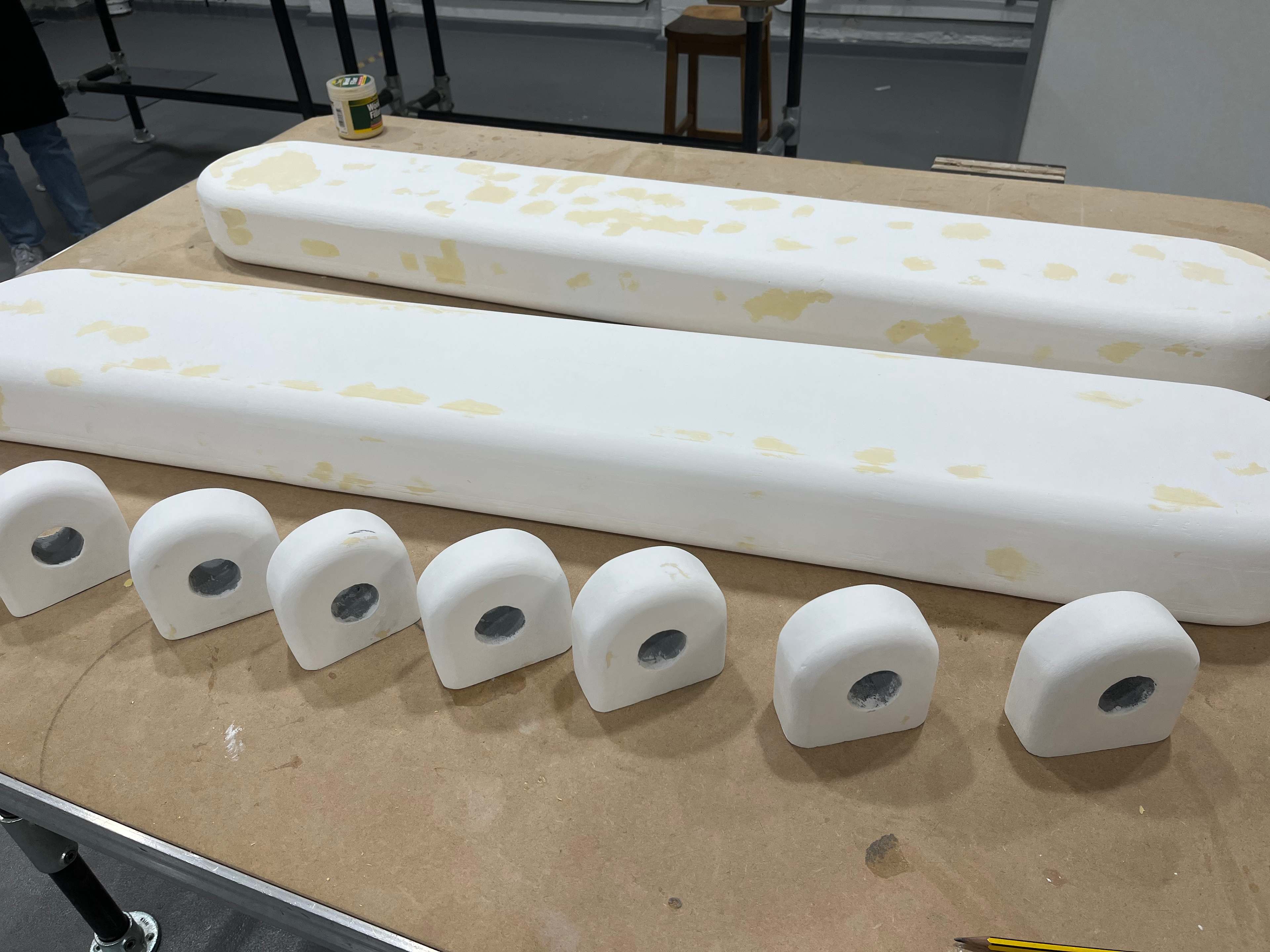
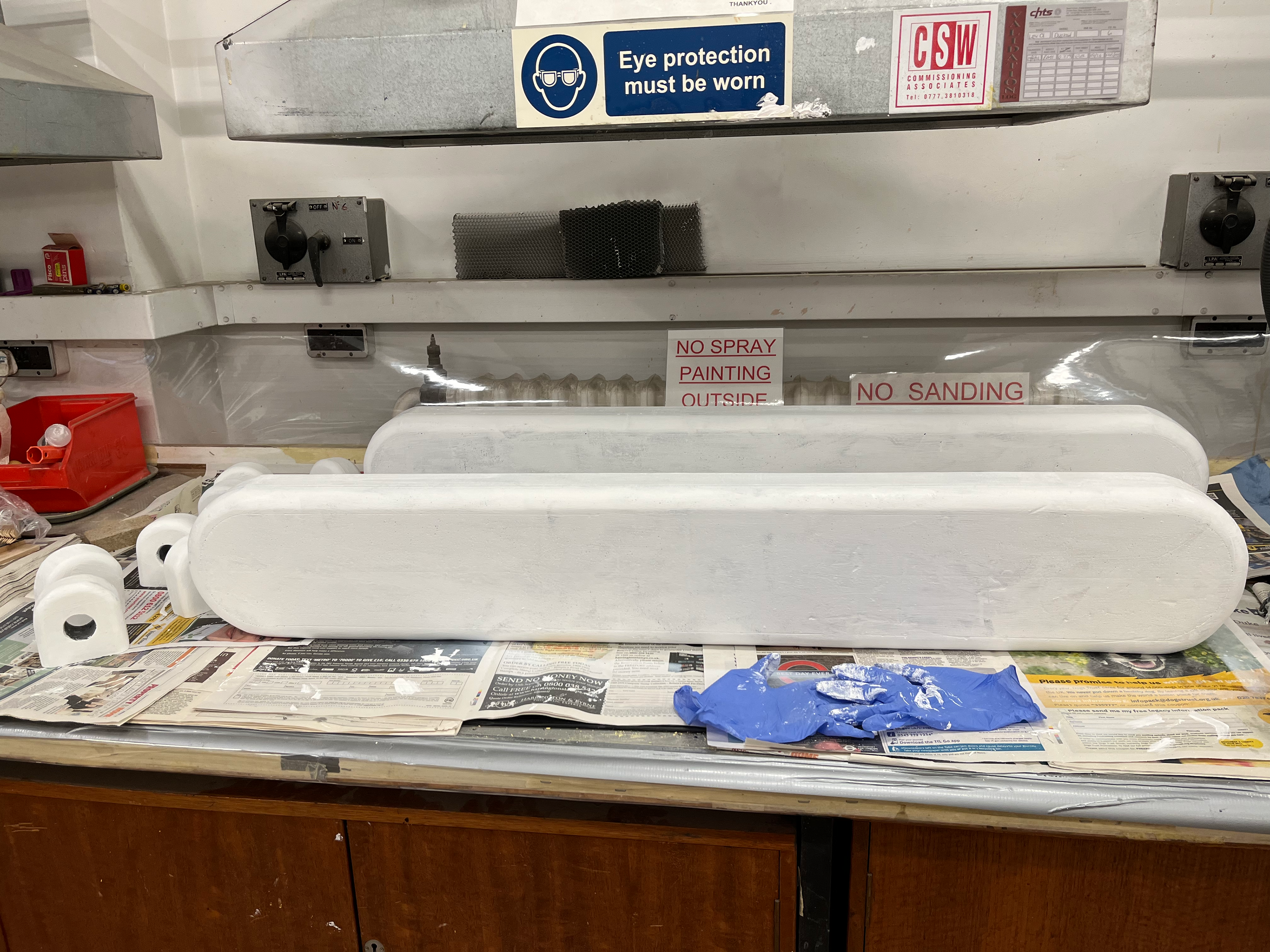


Concept Generation
